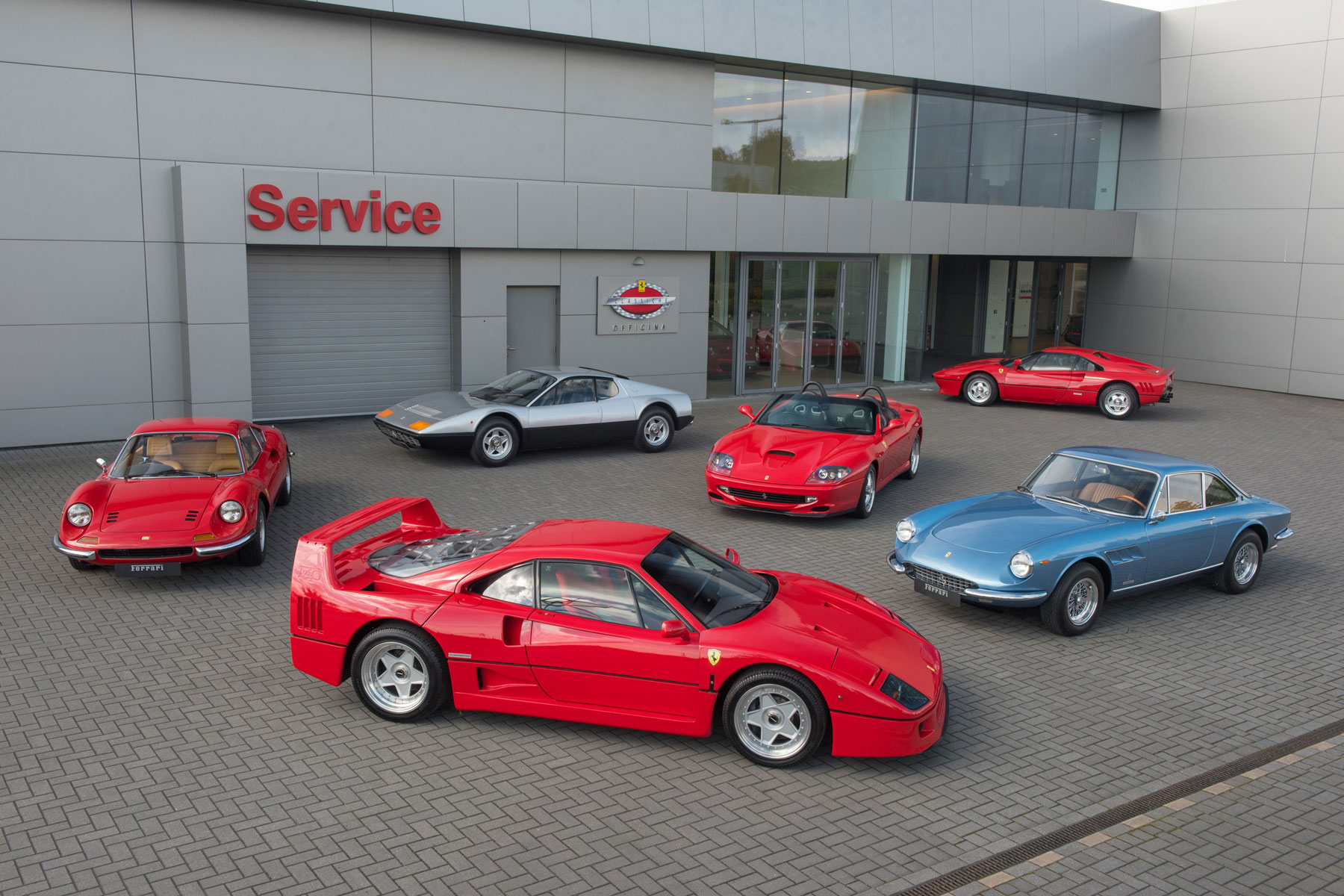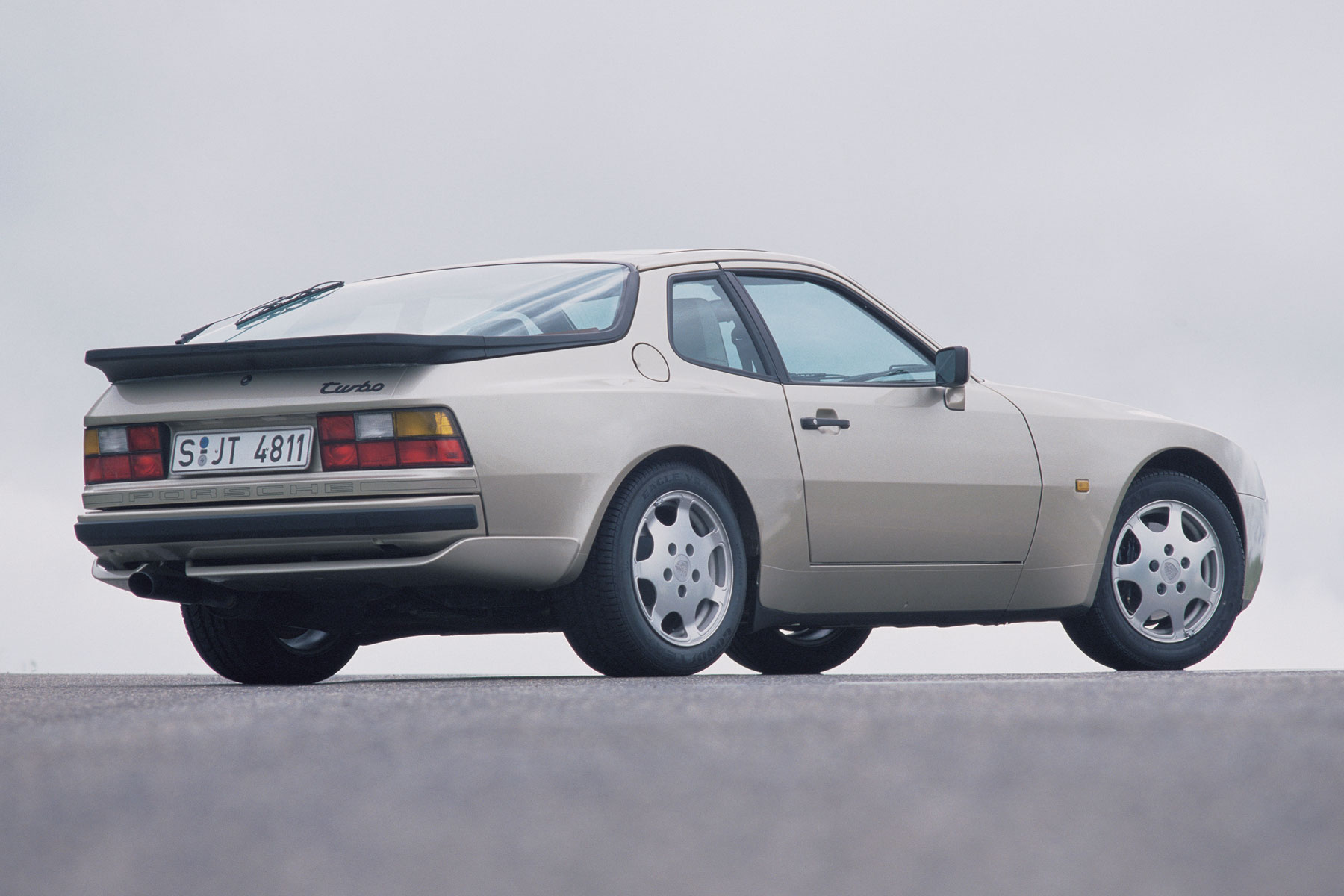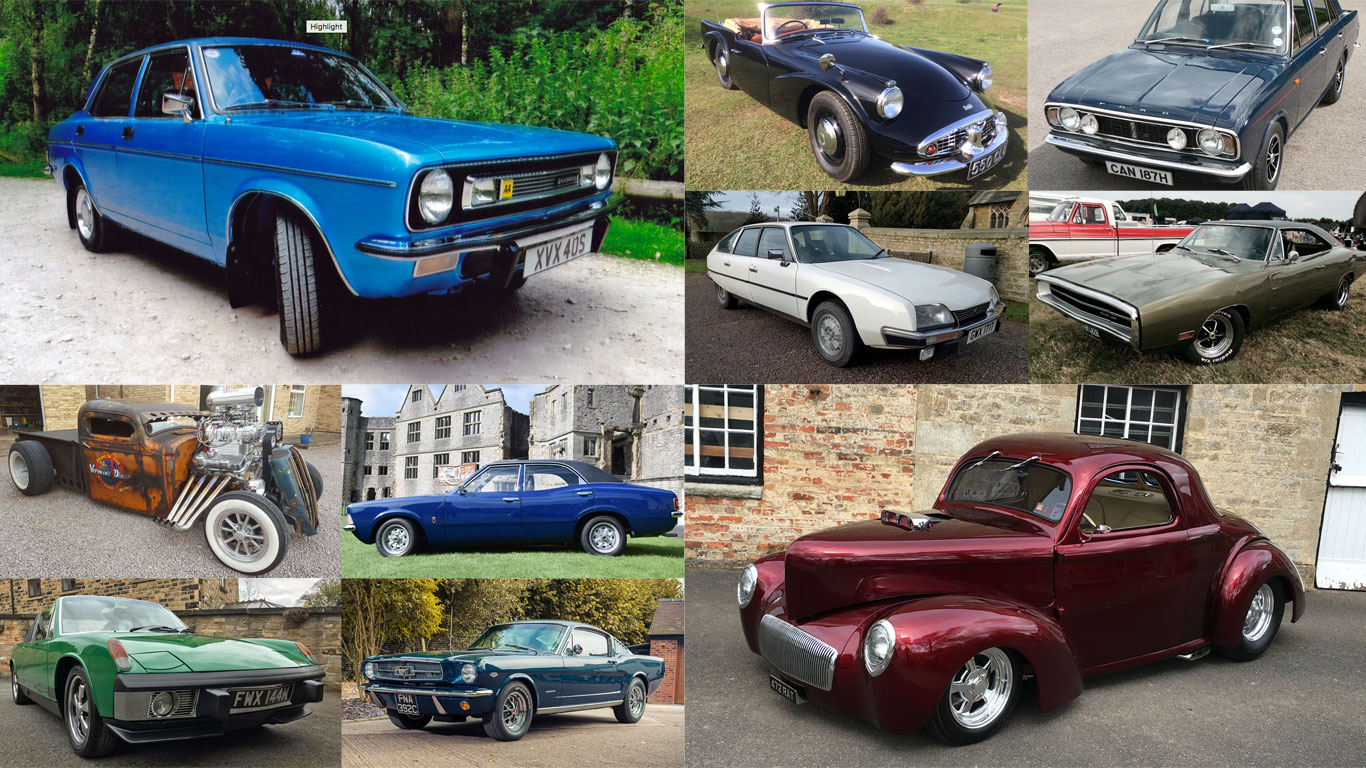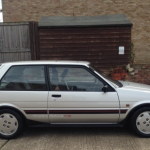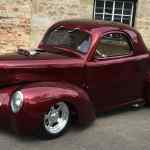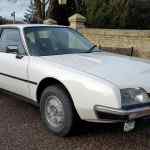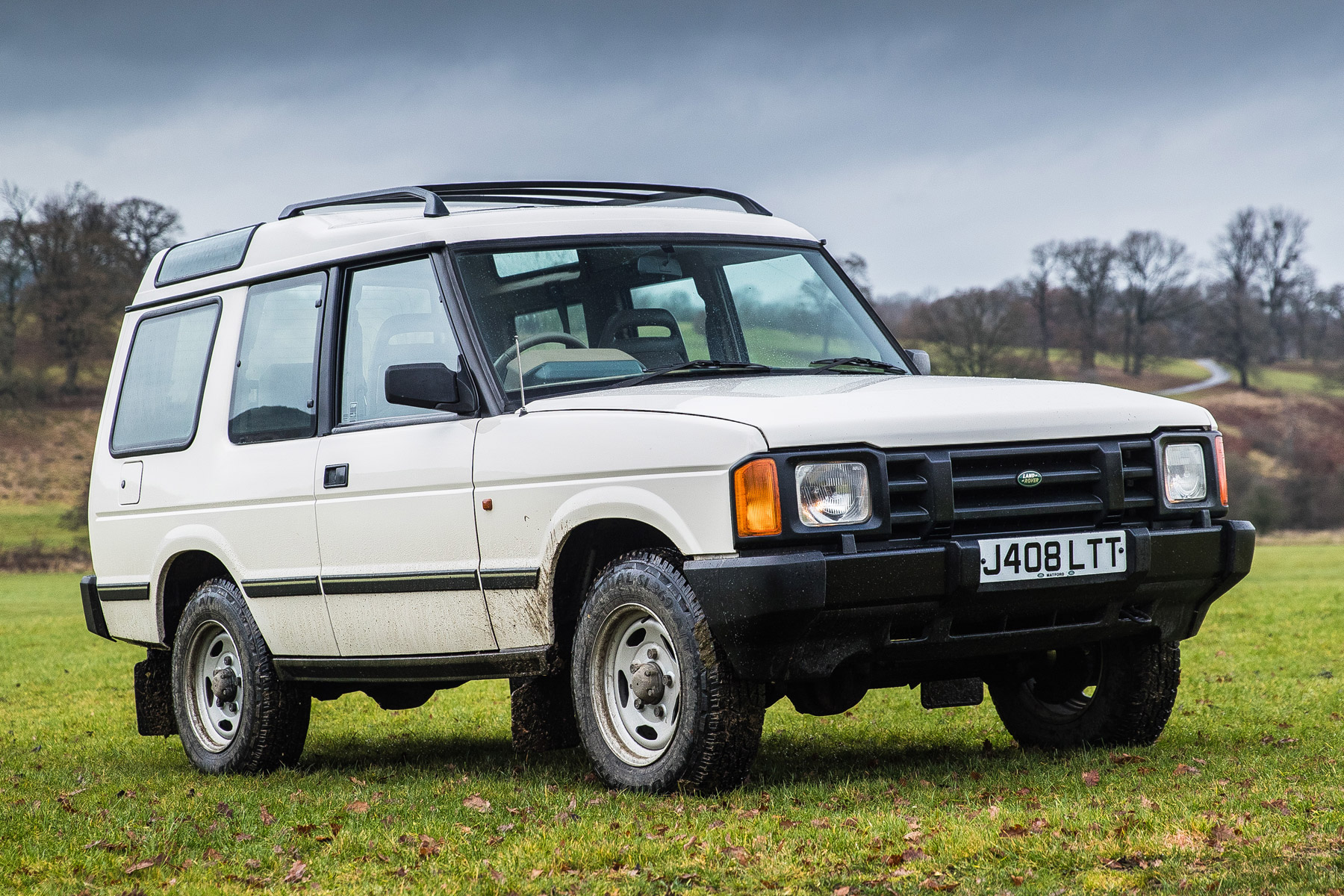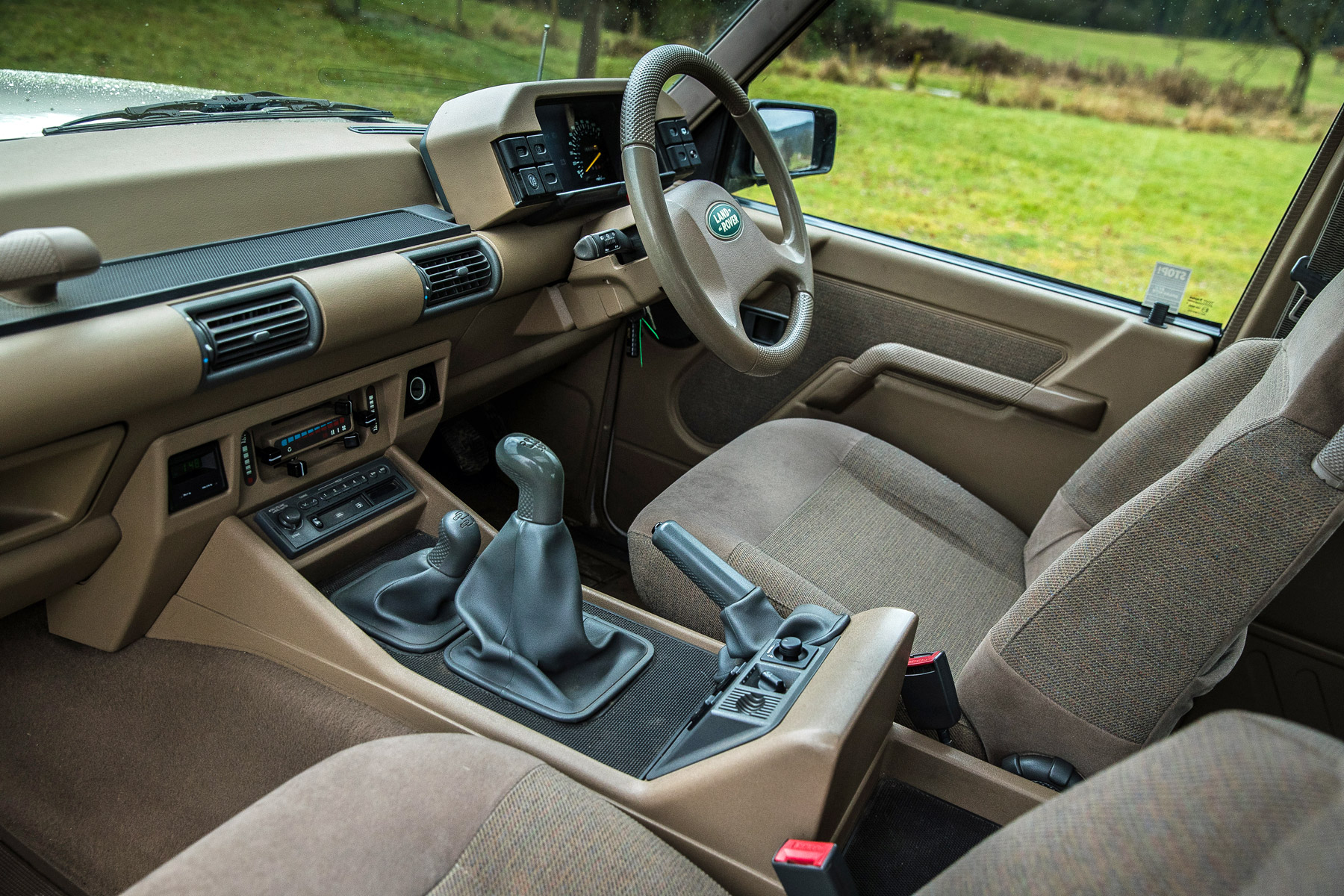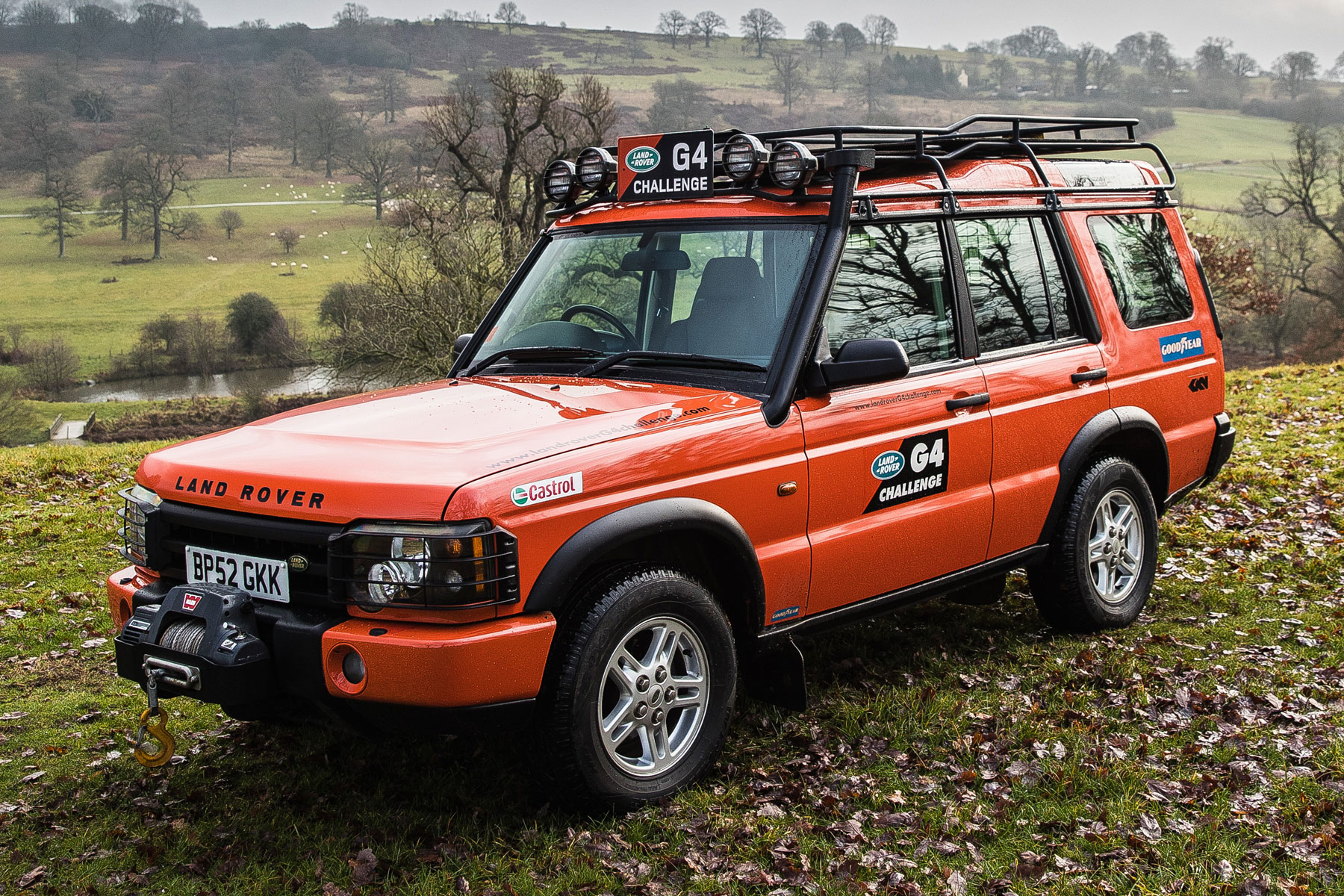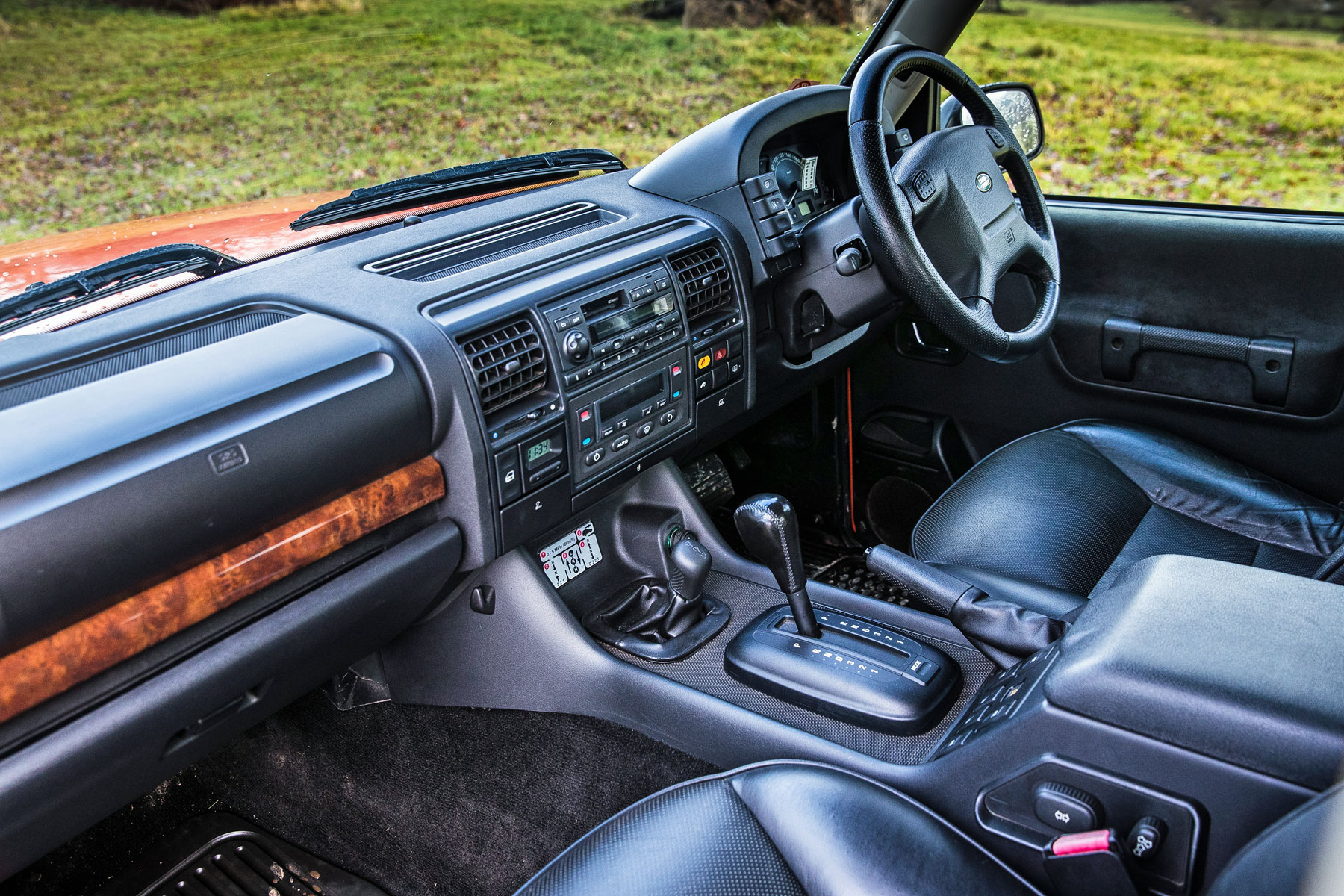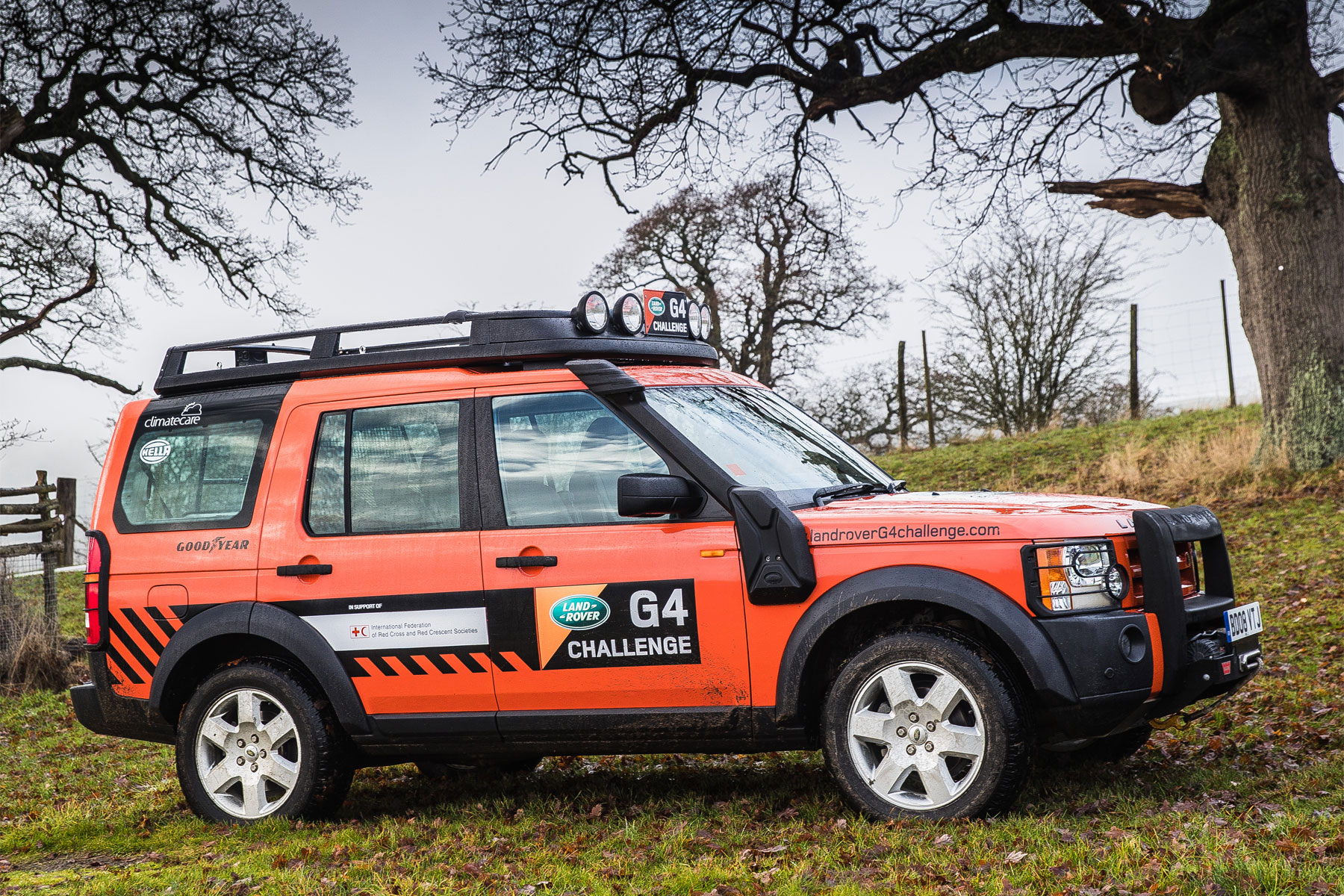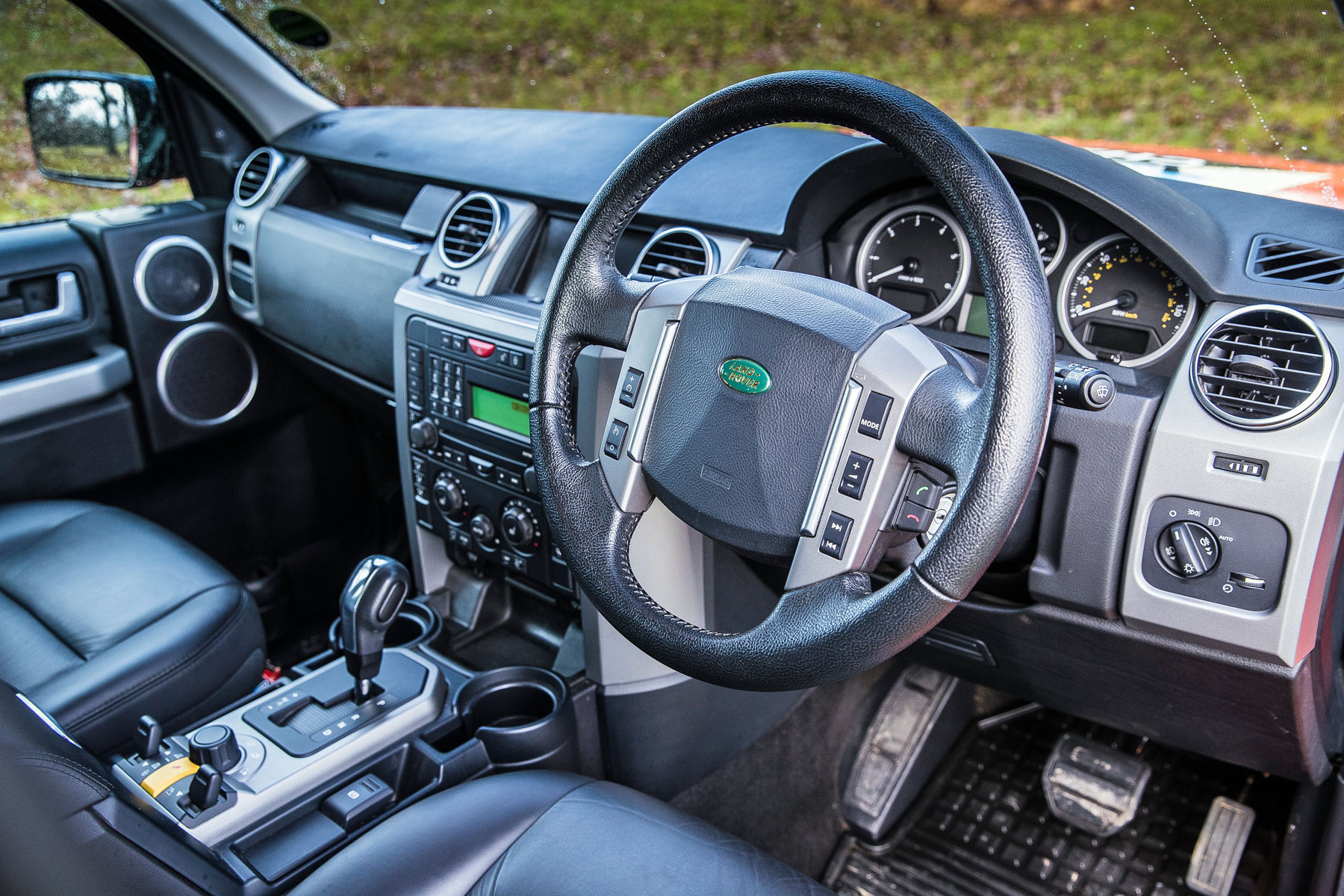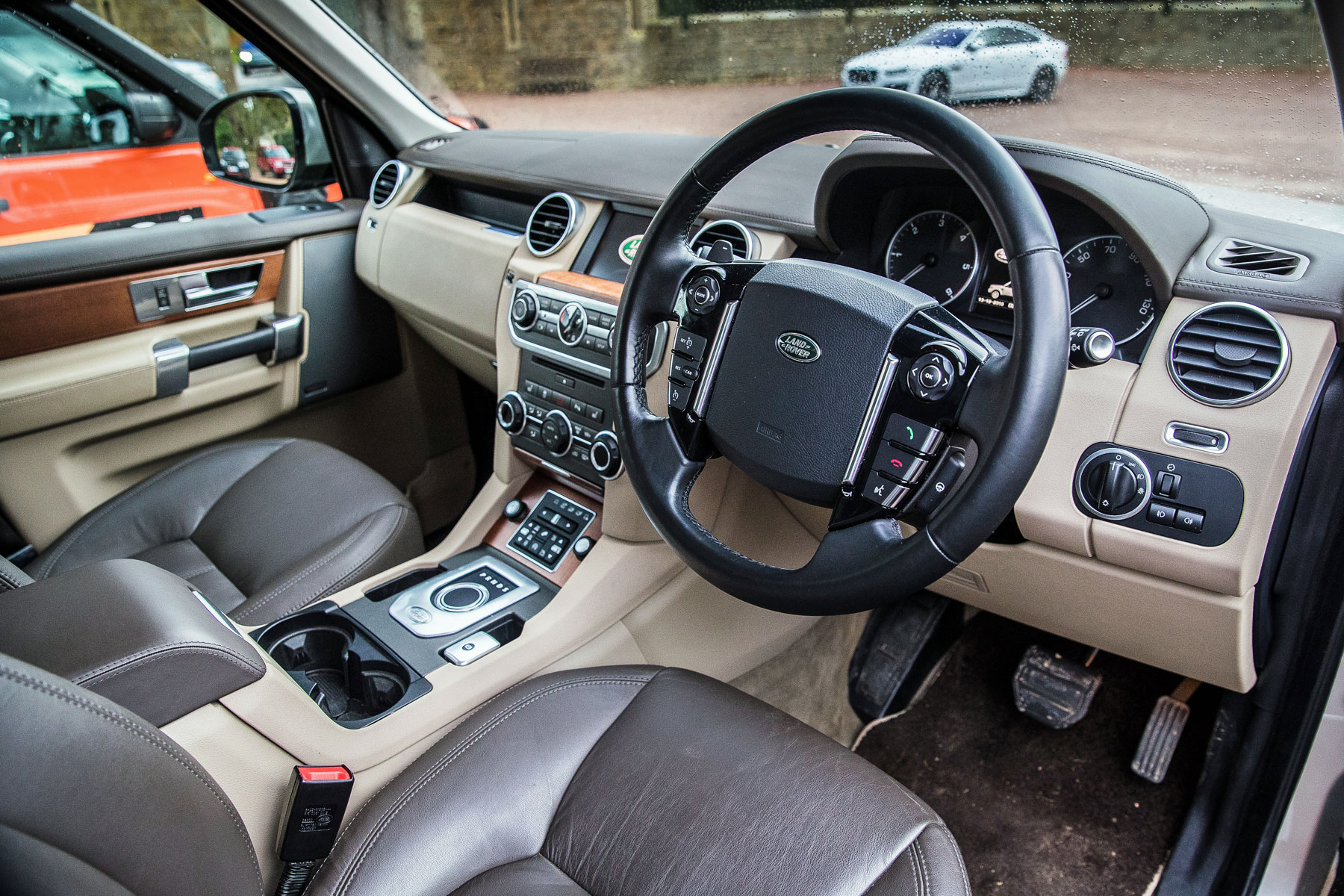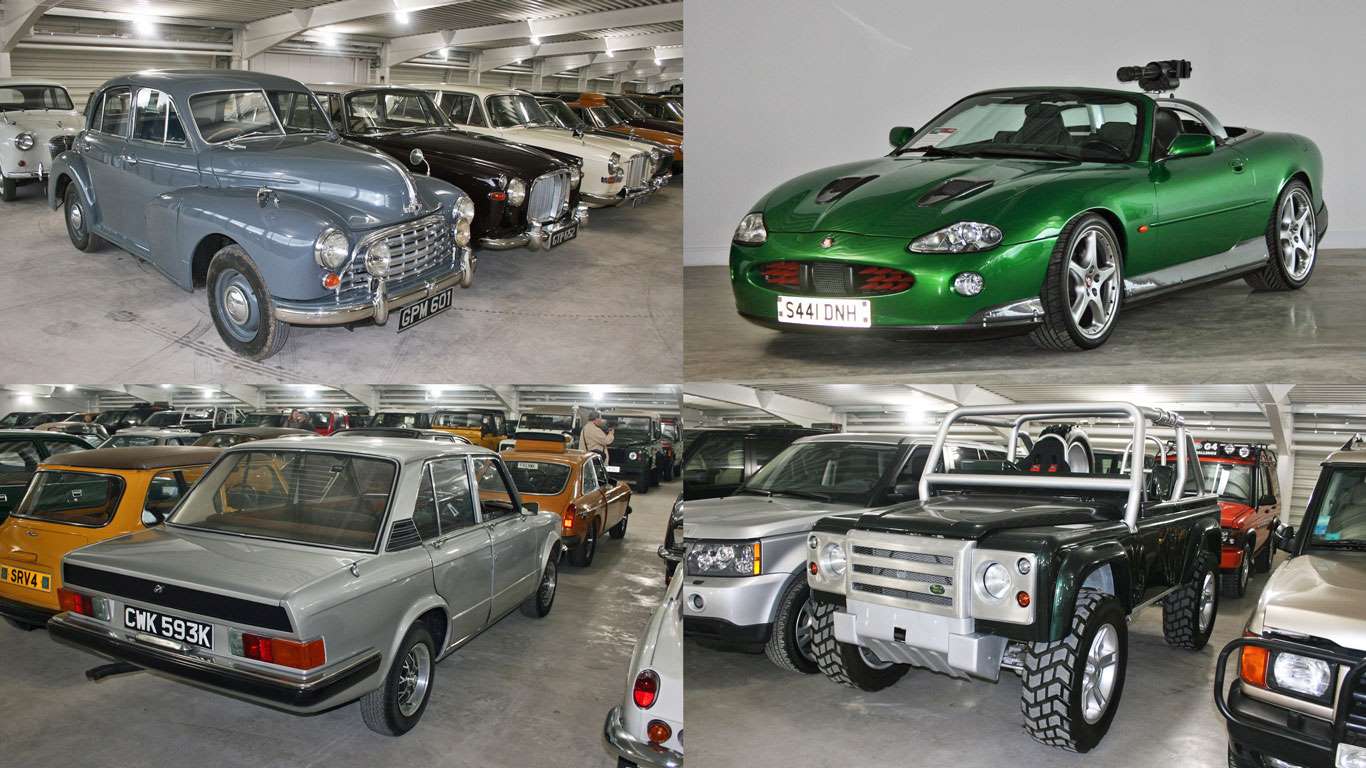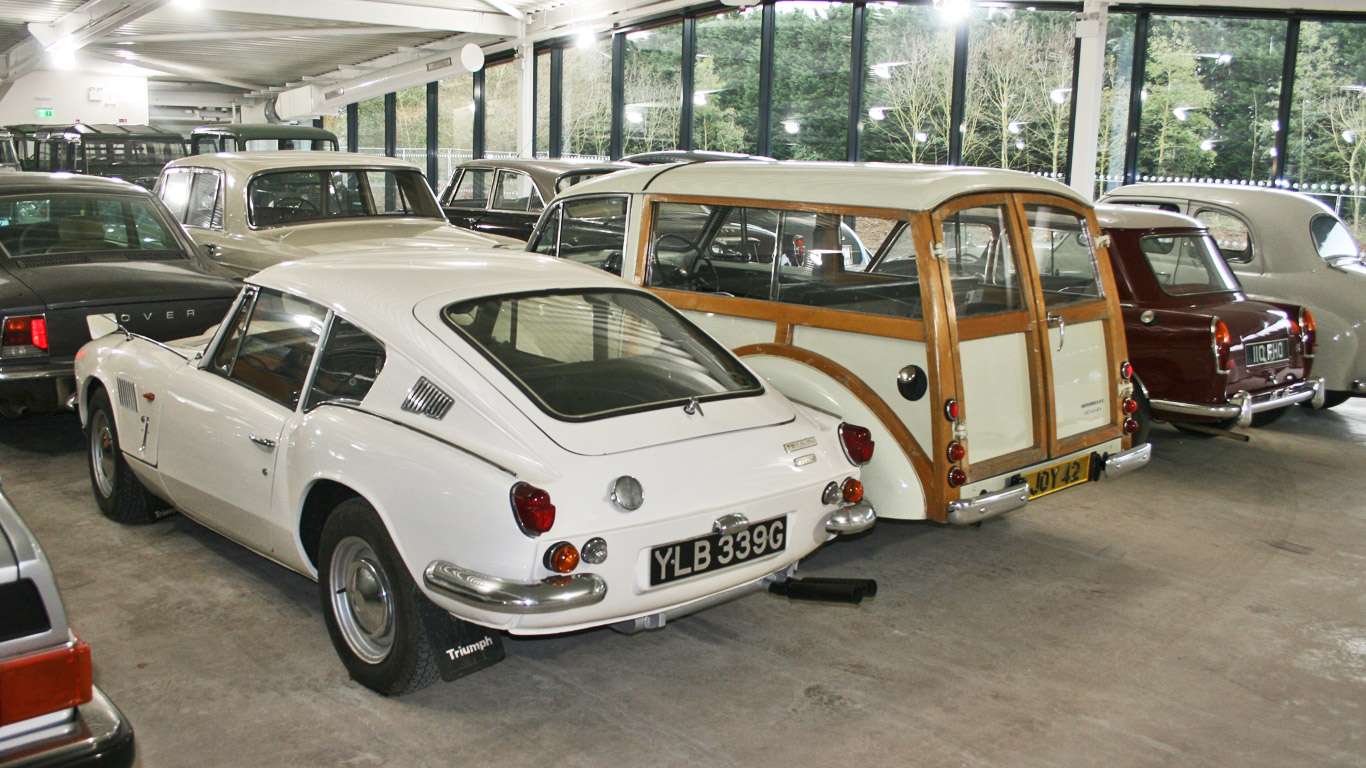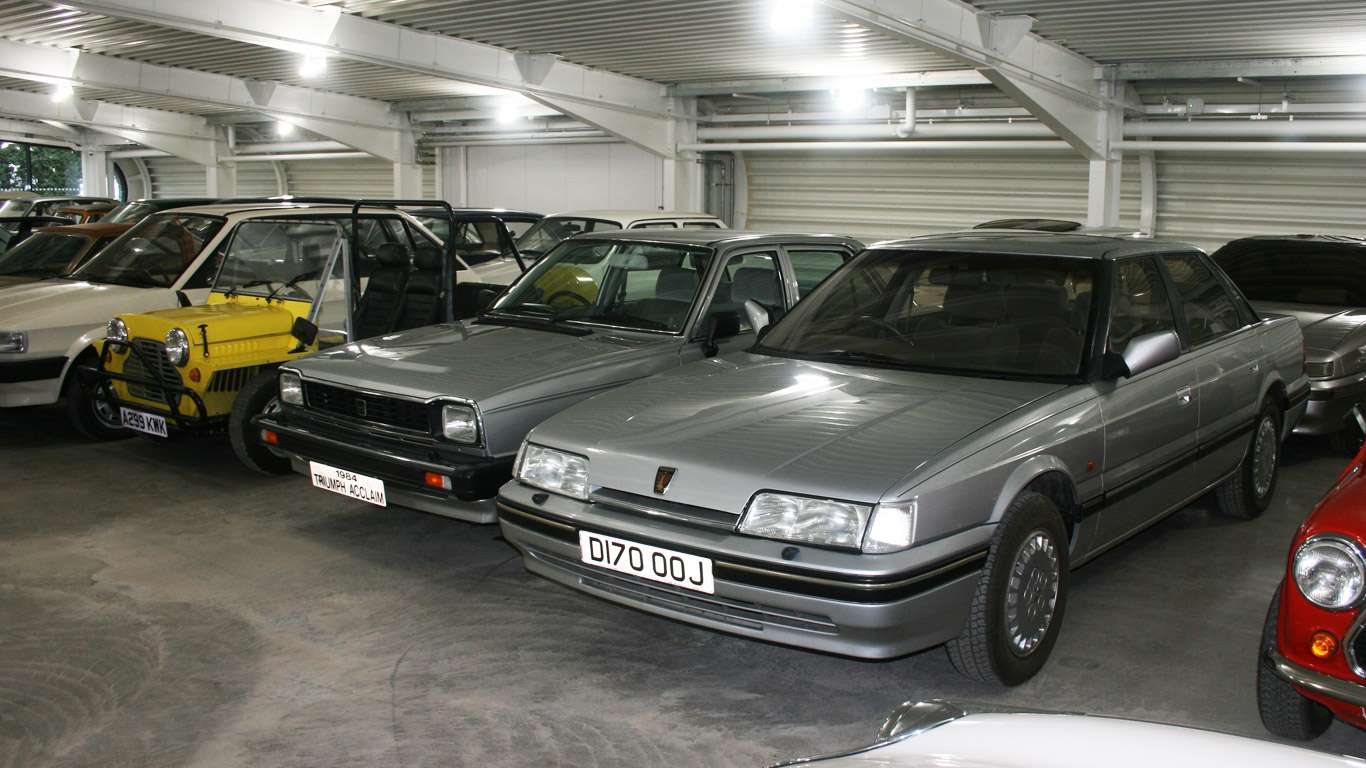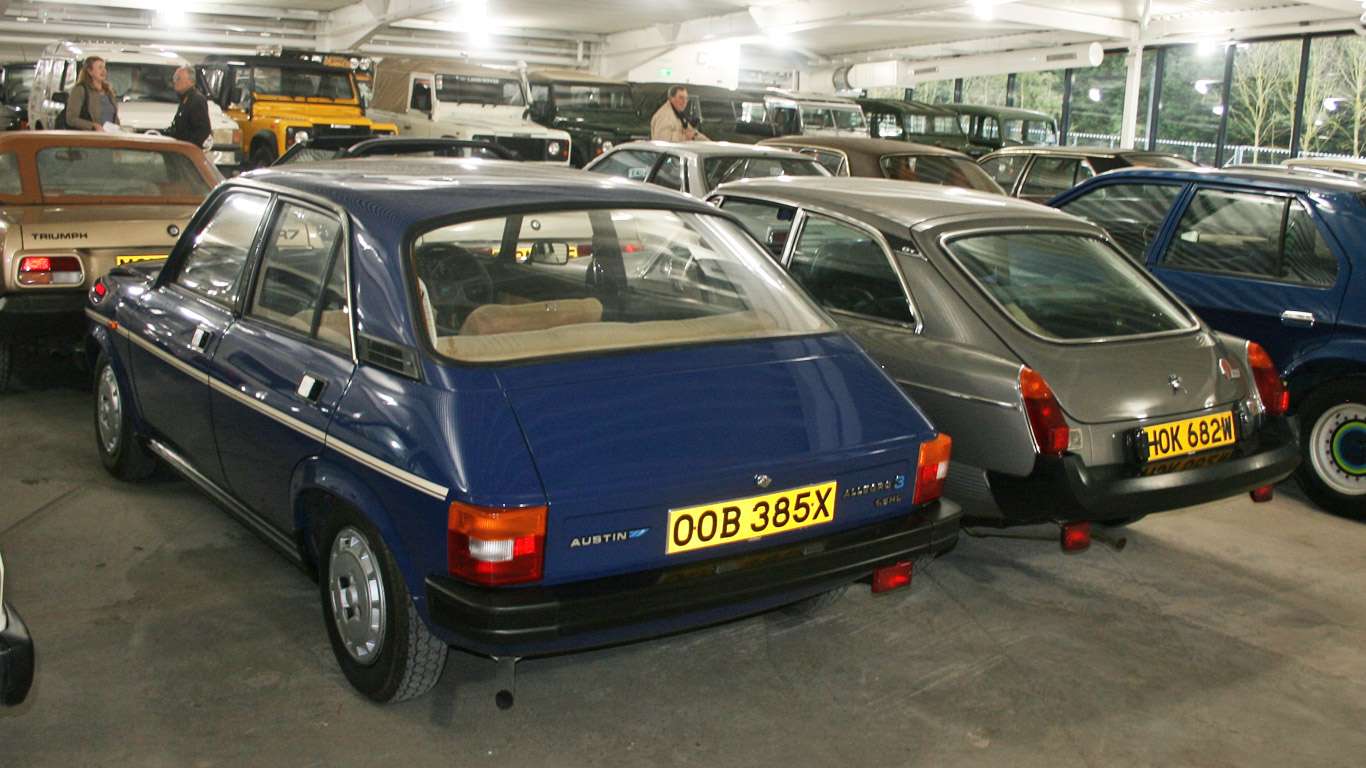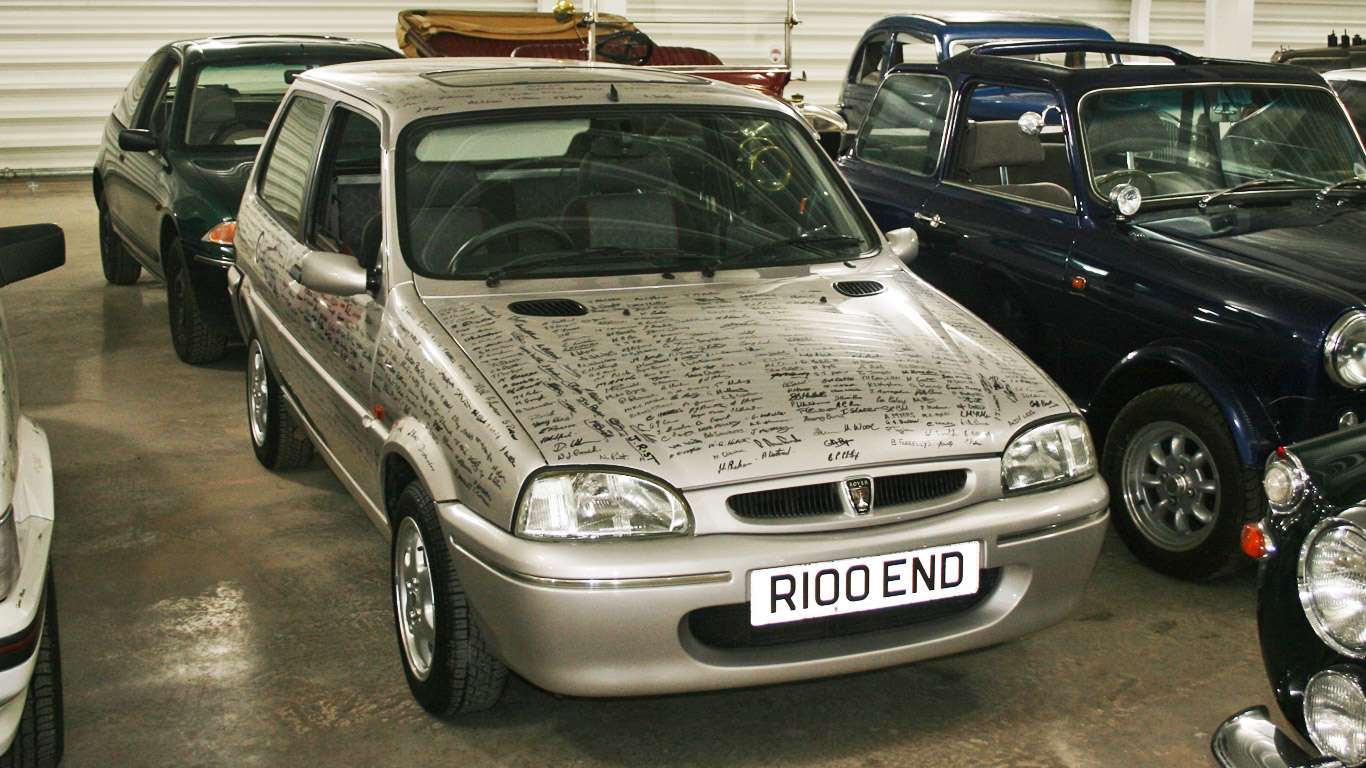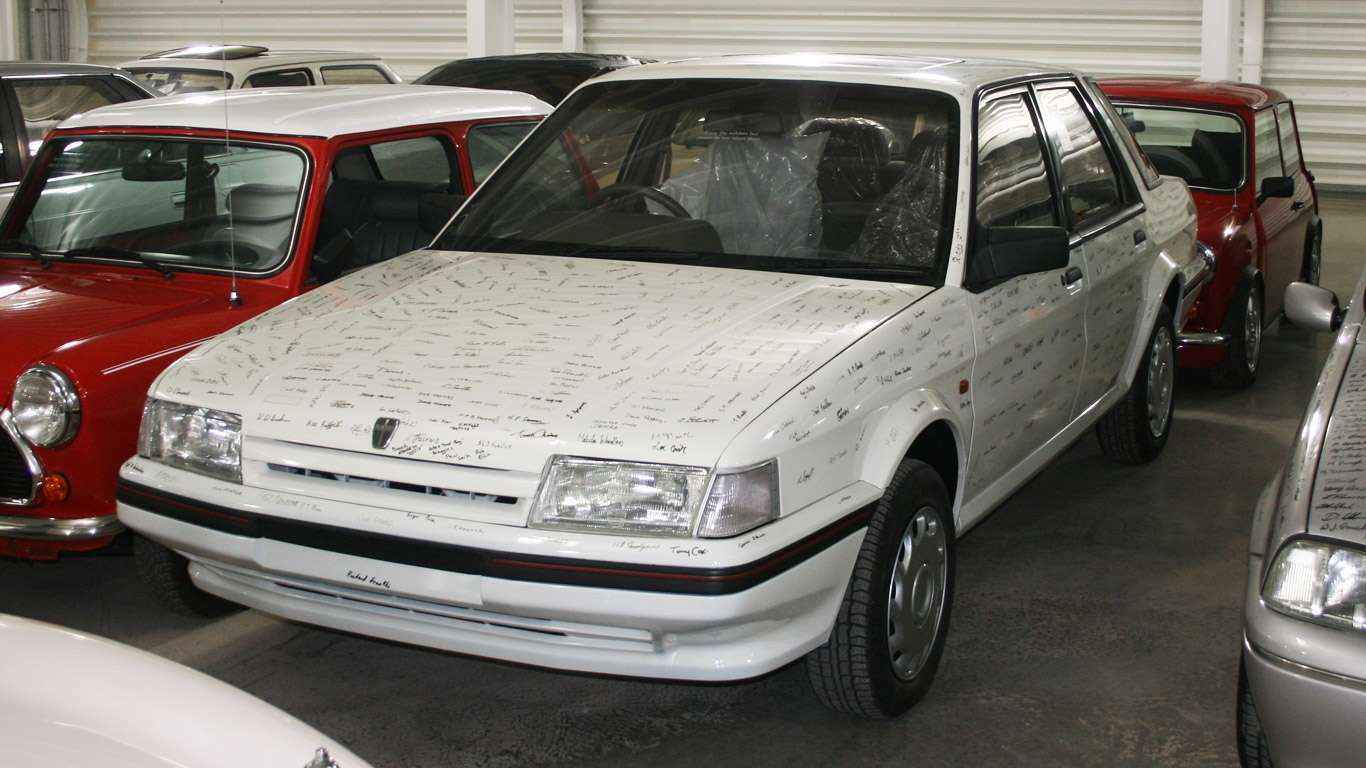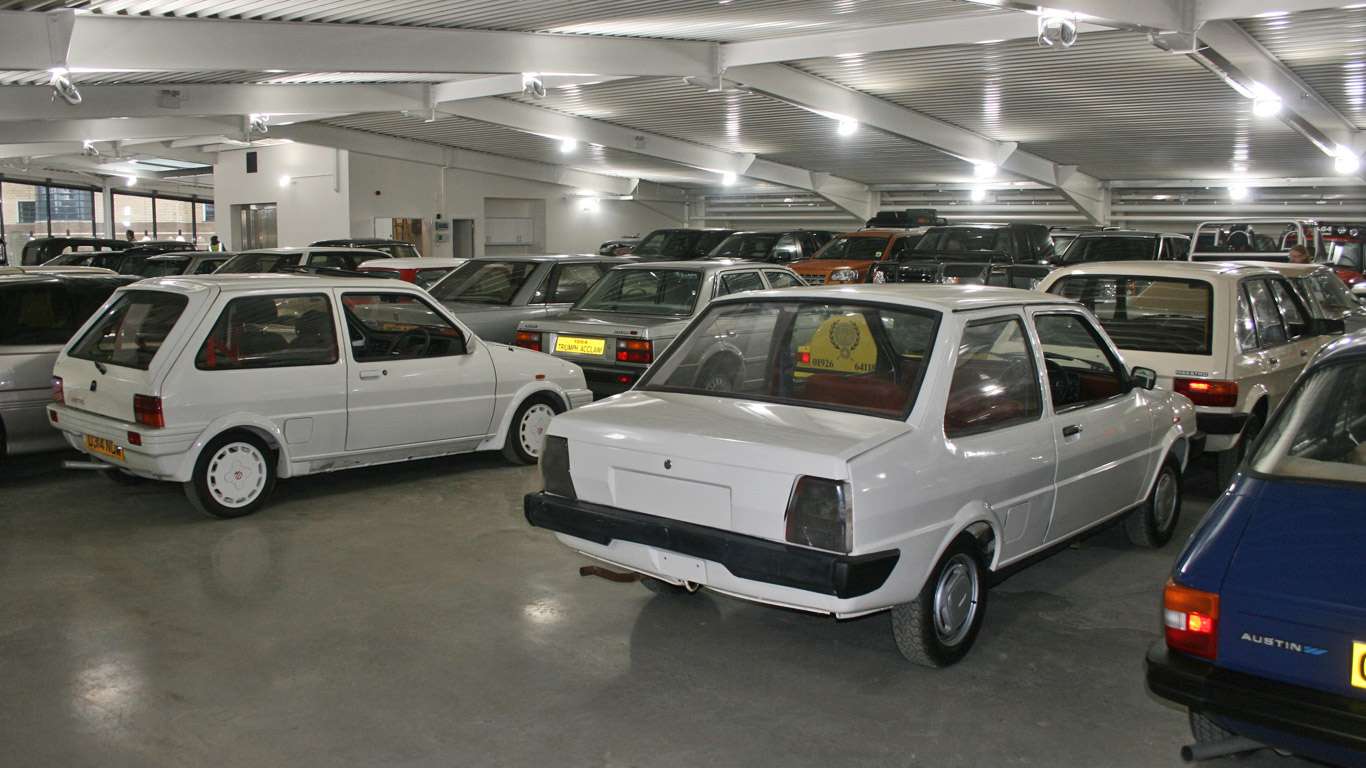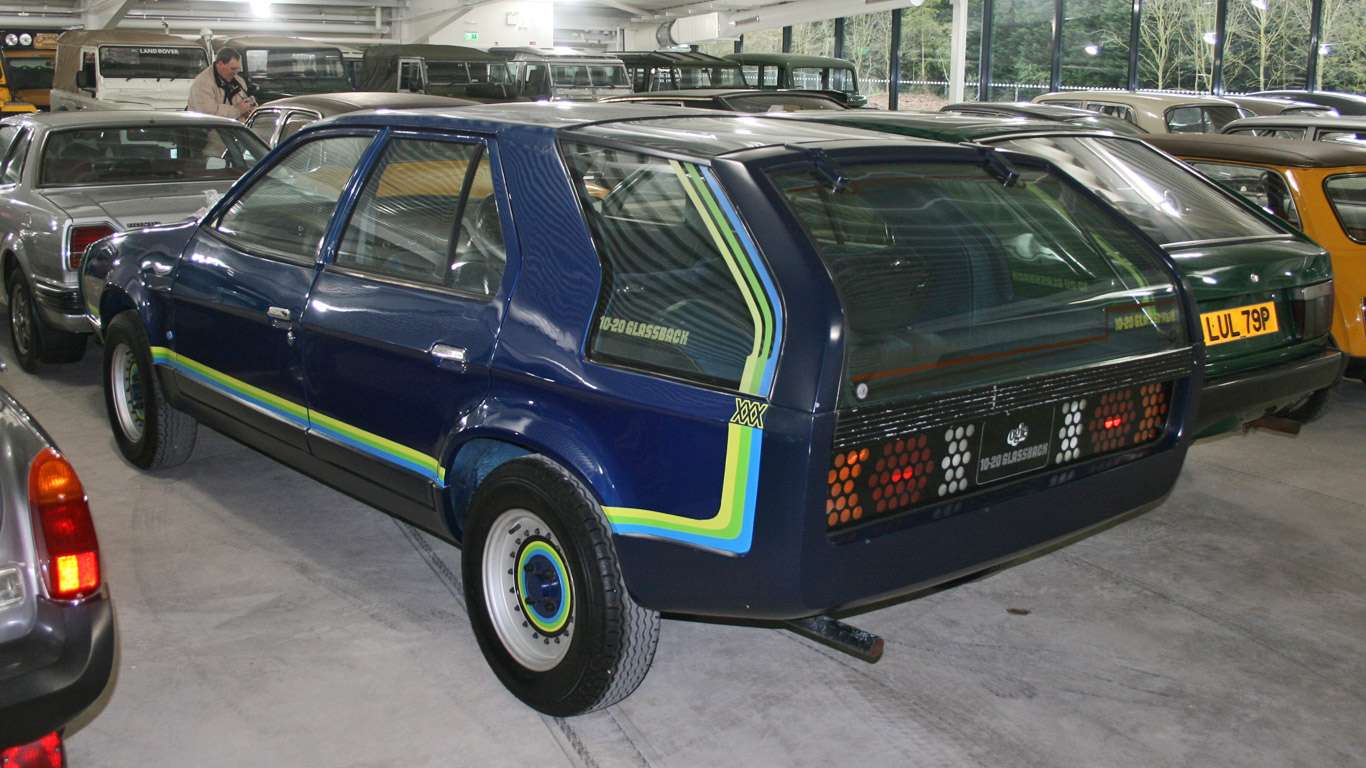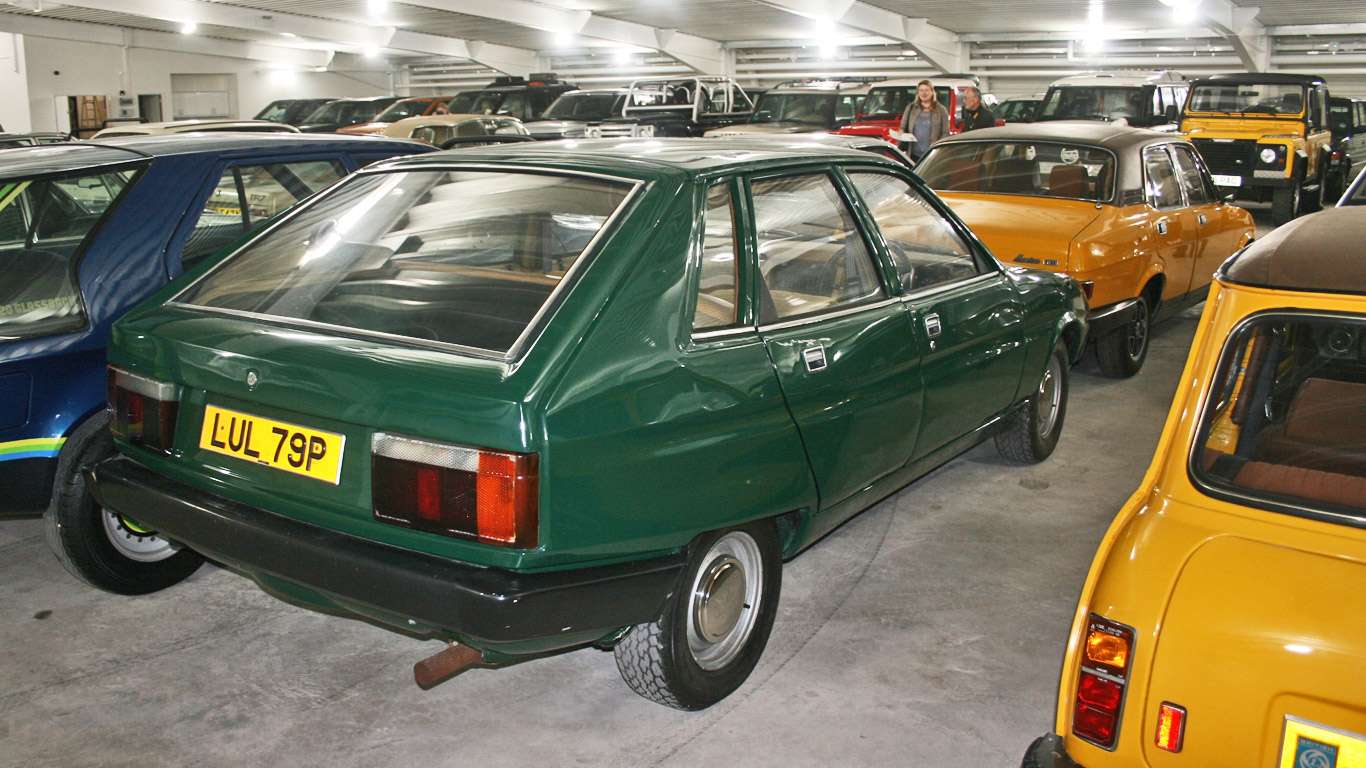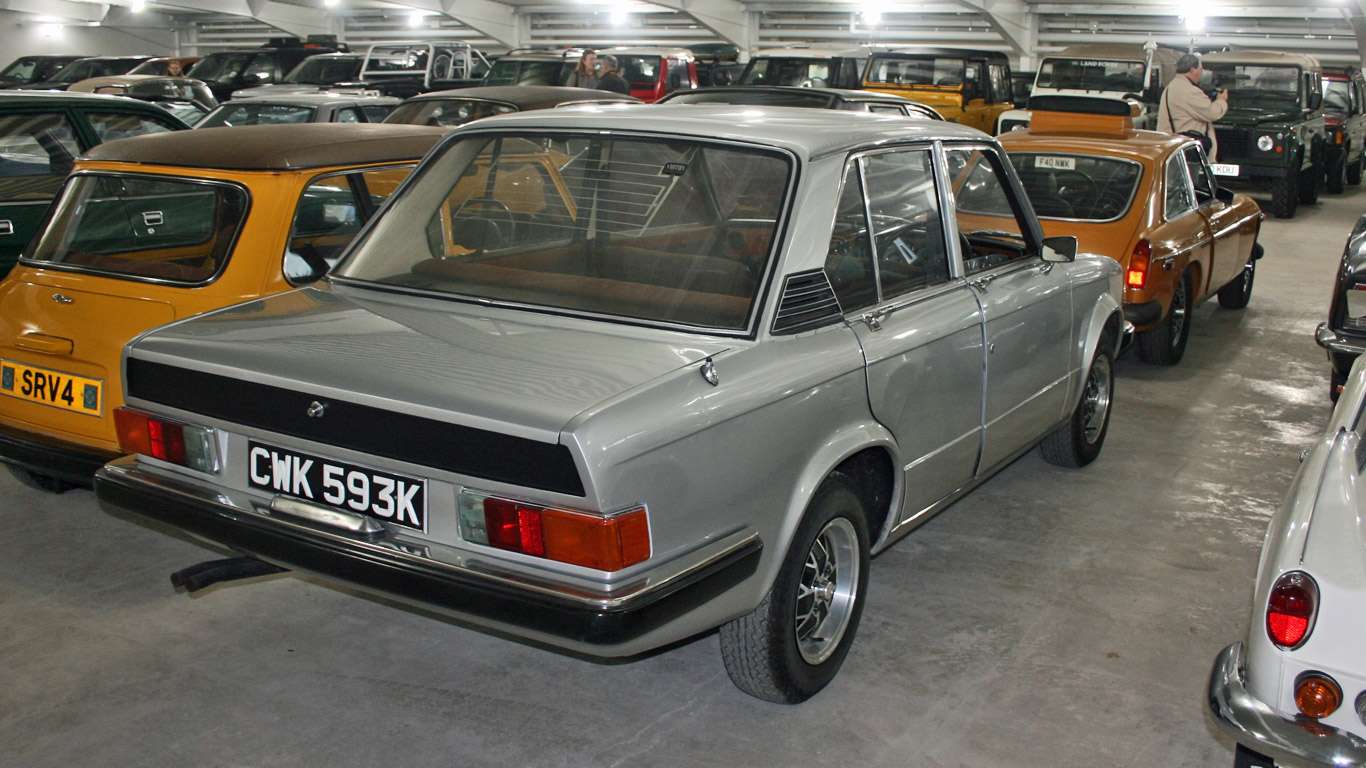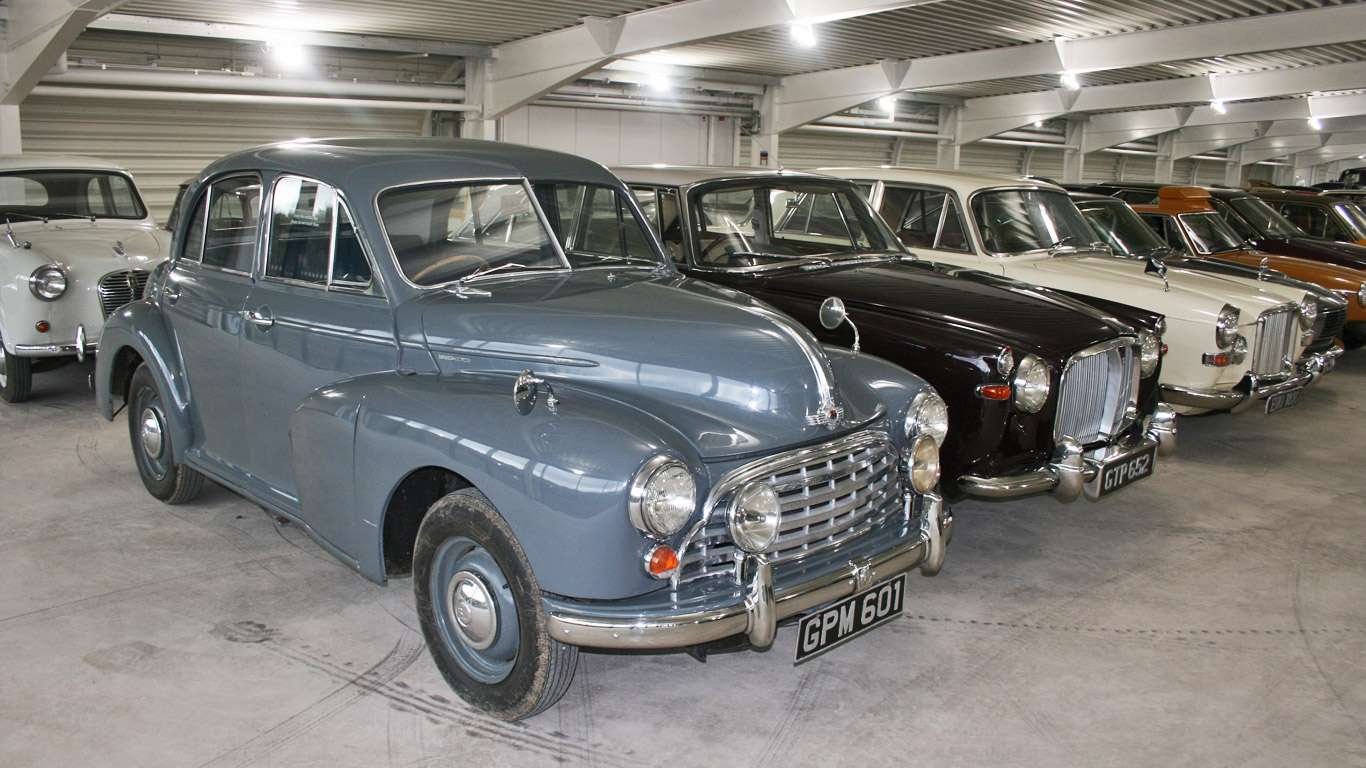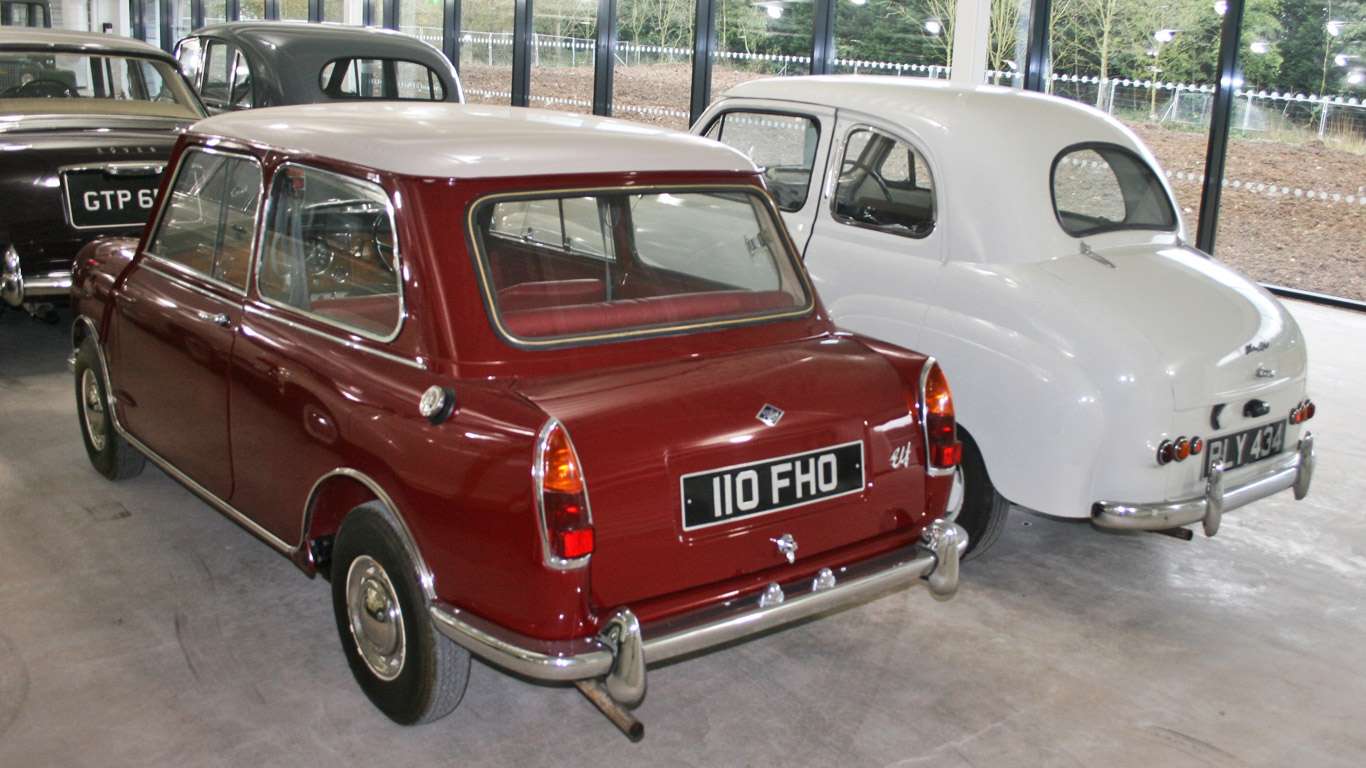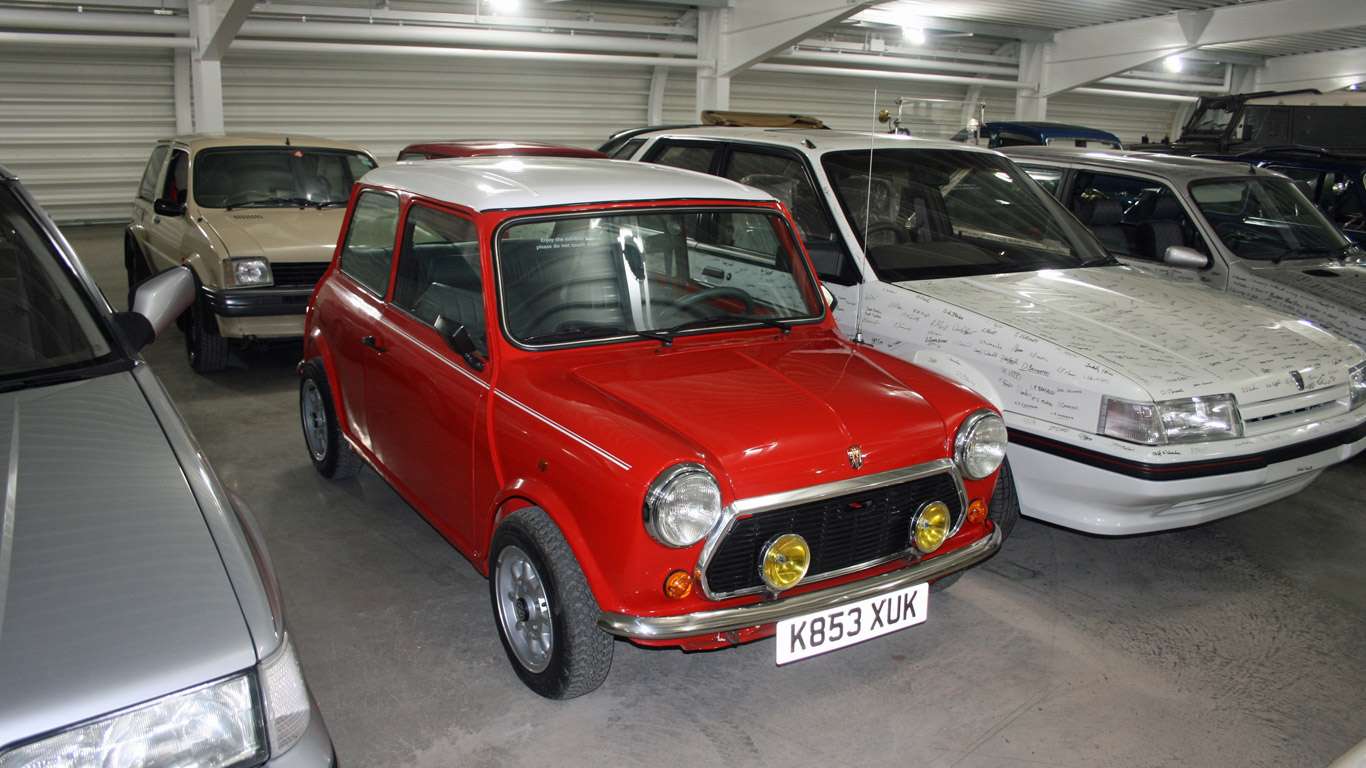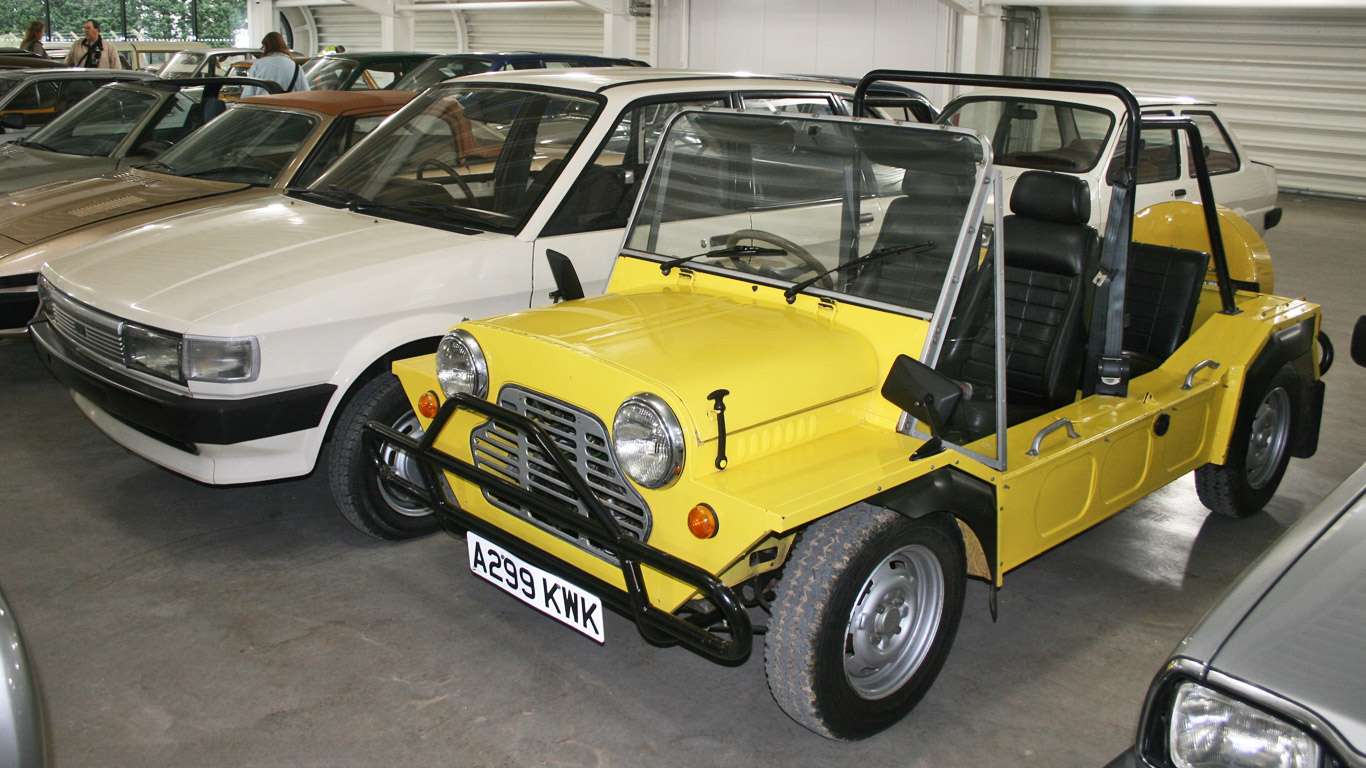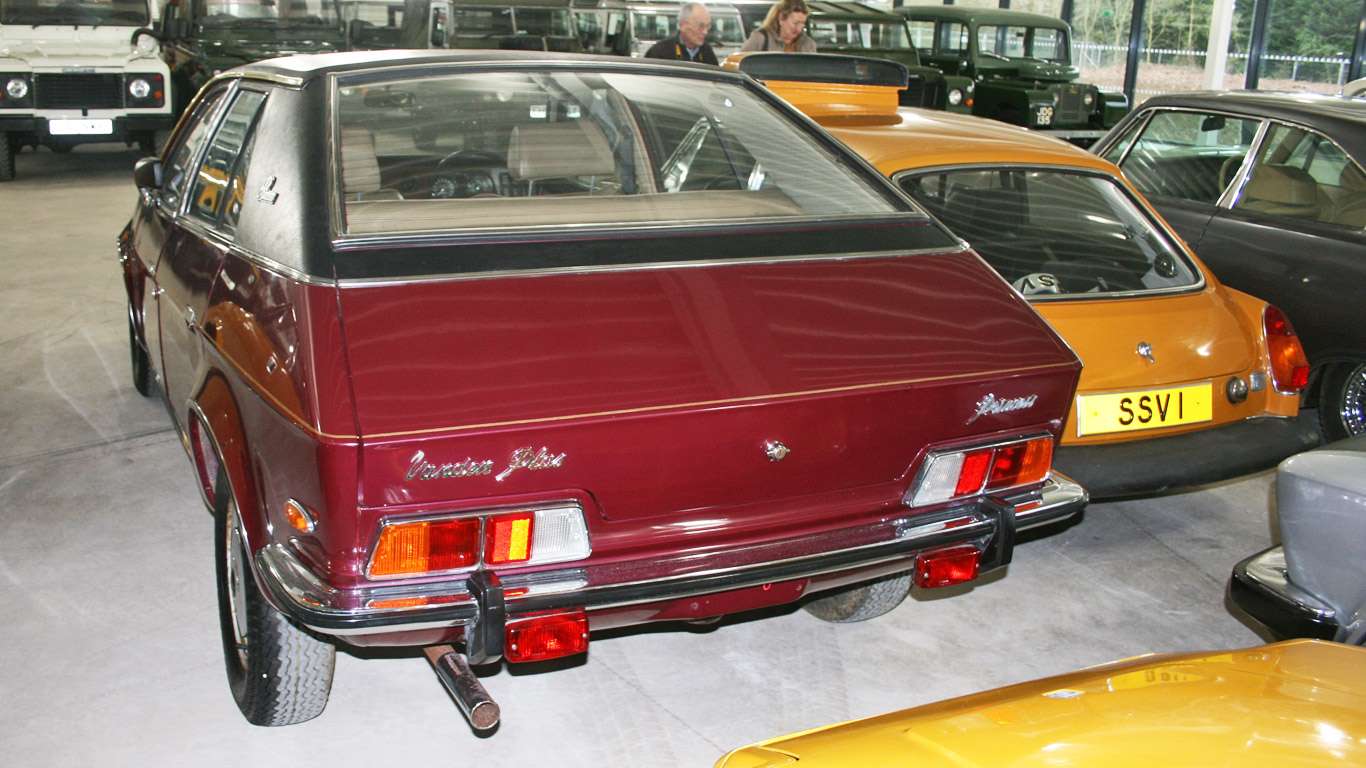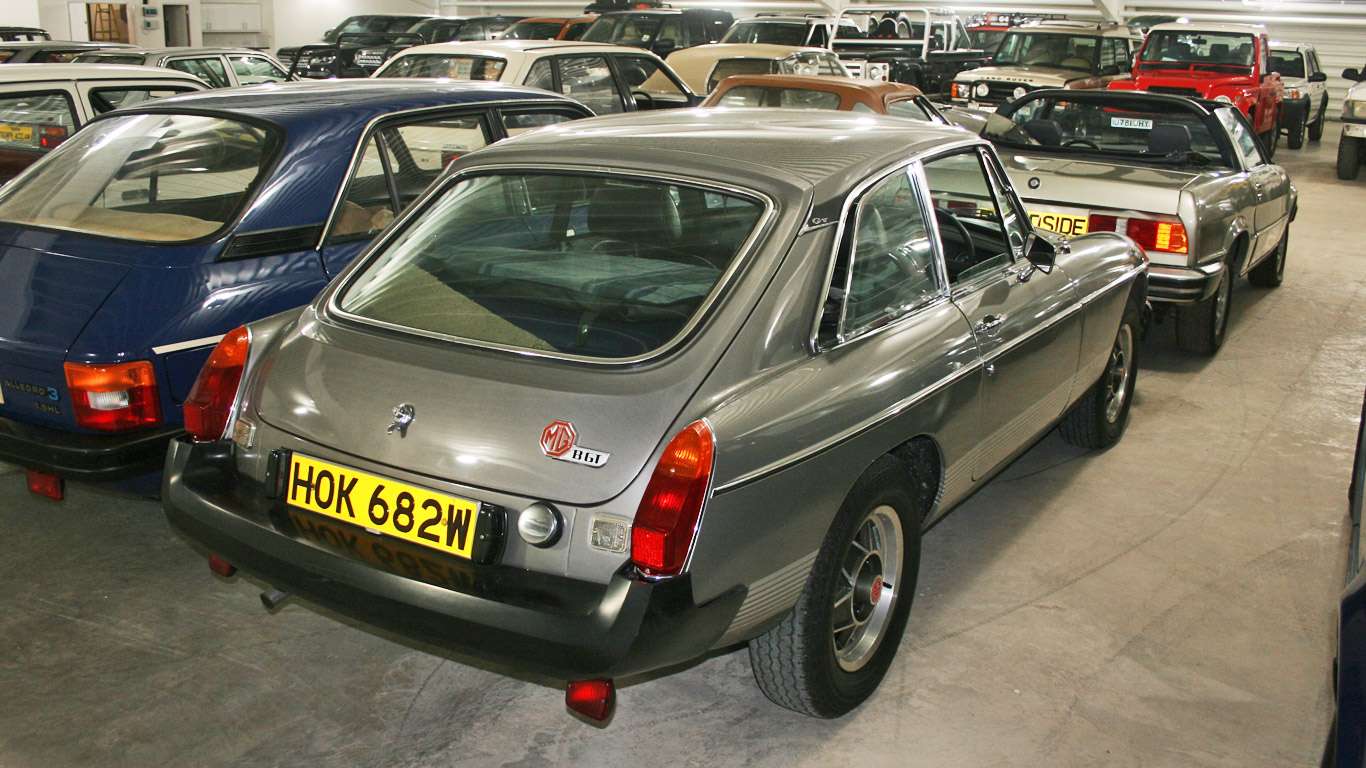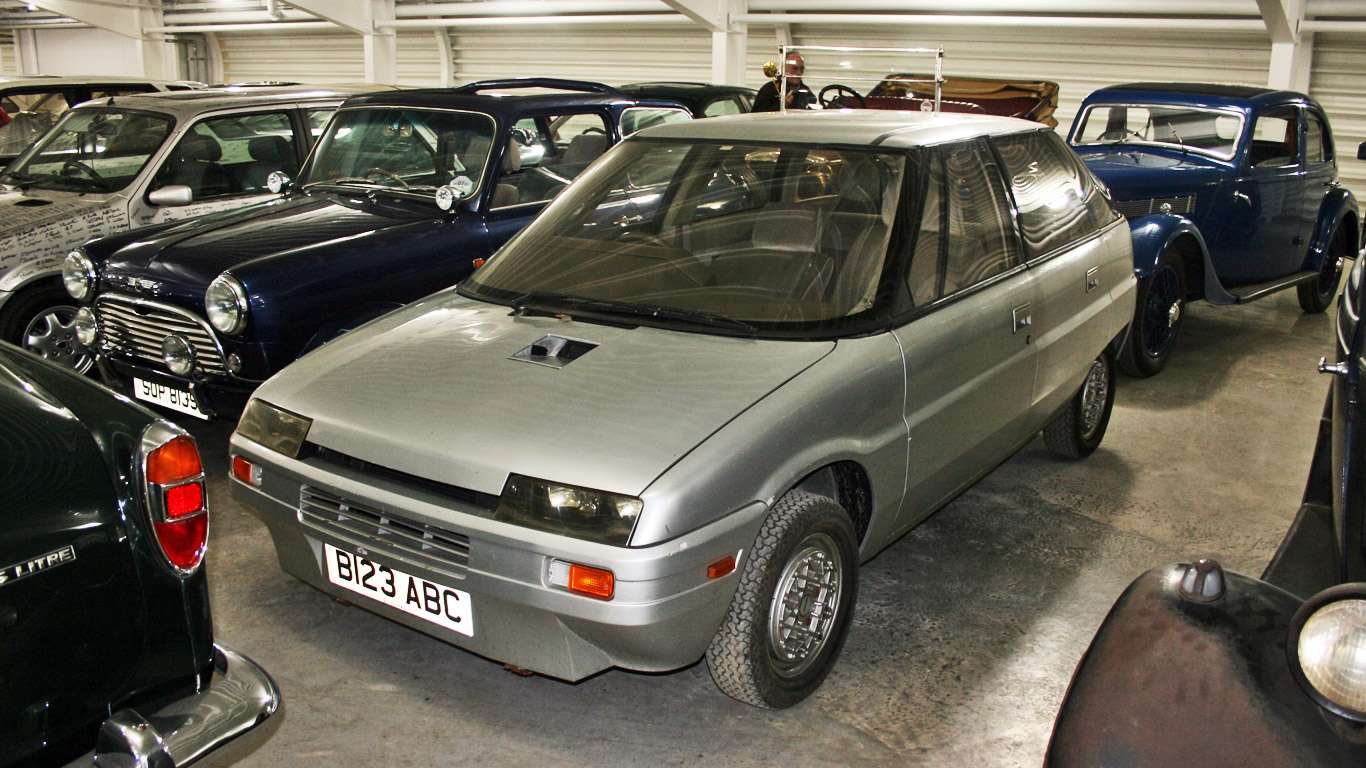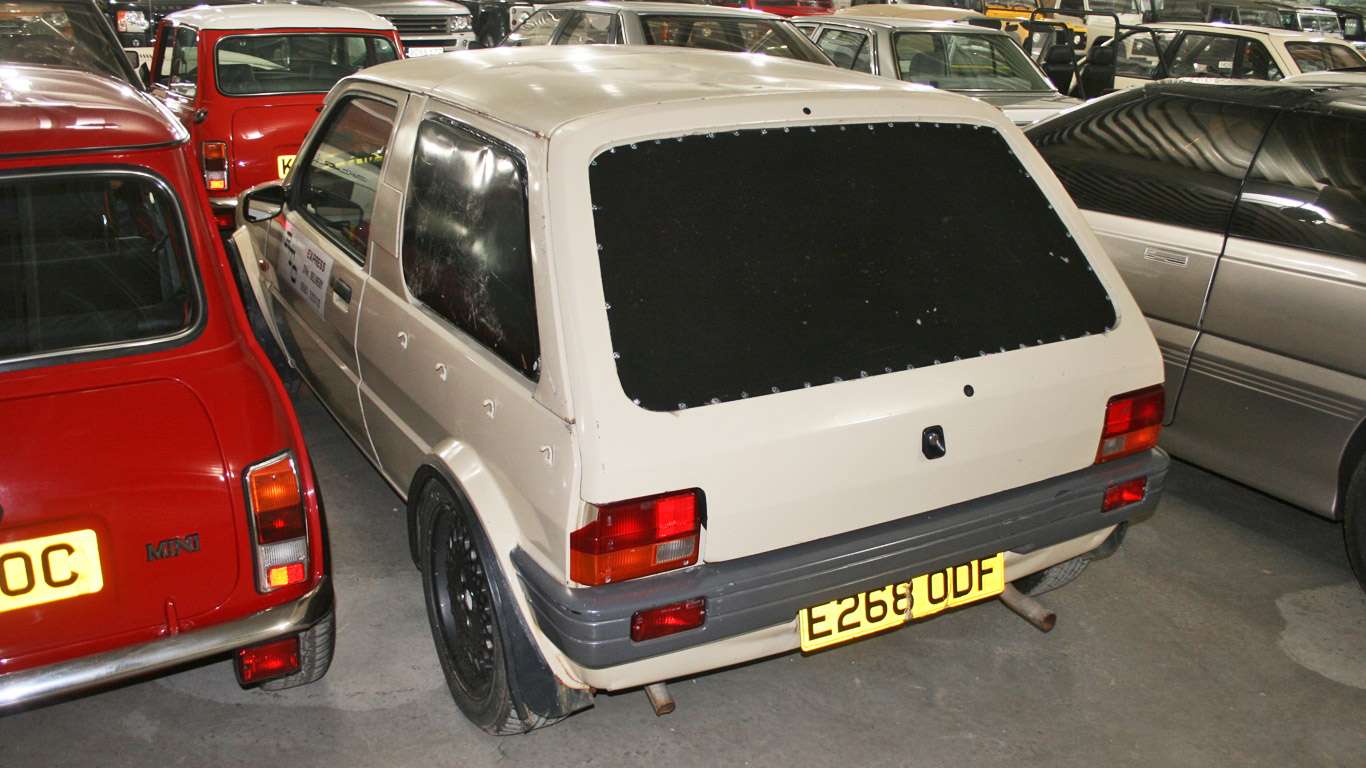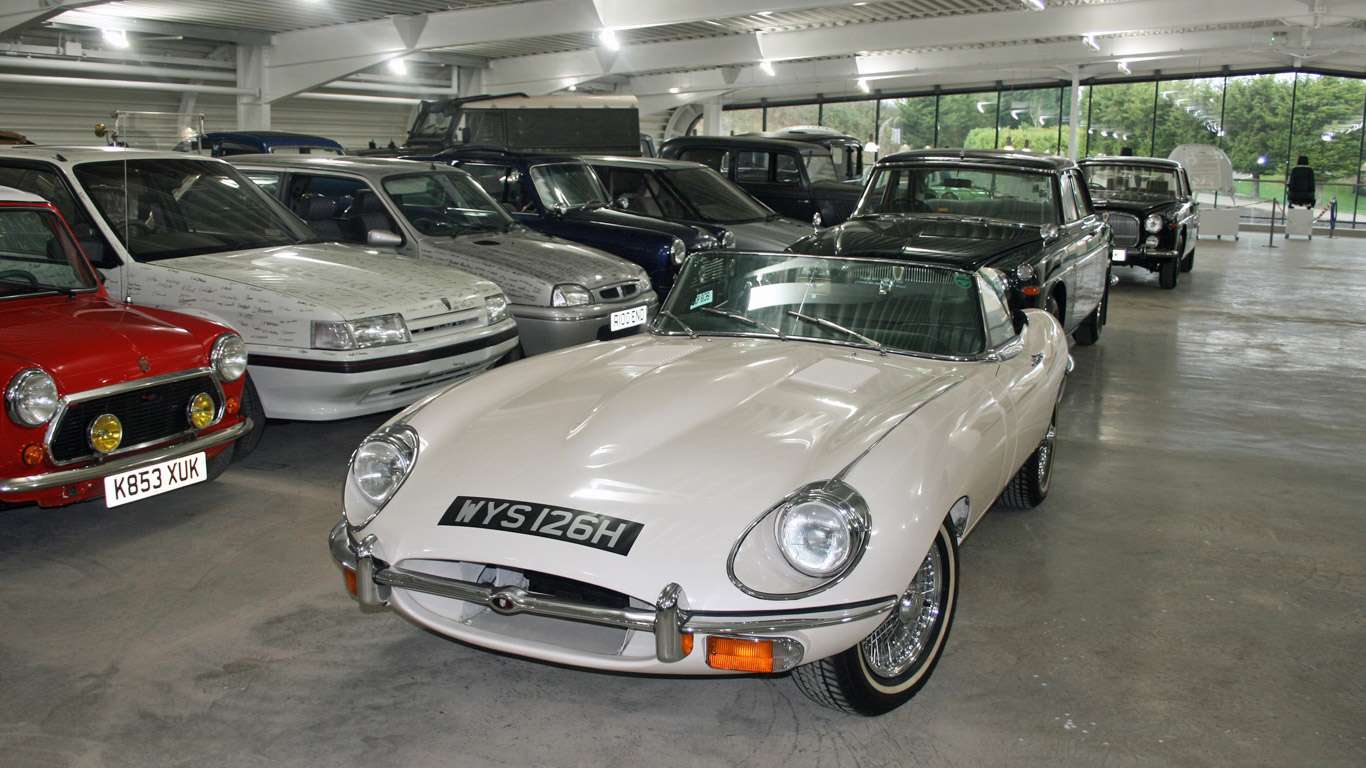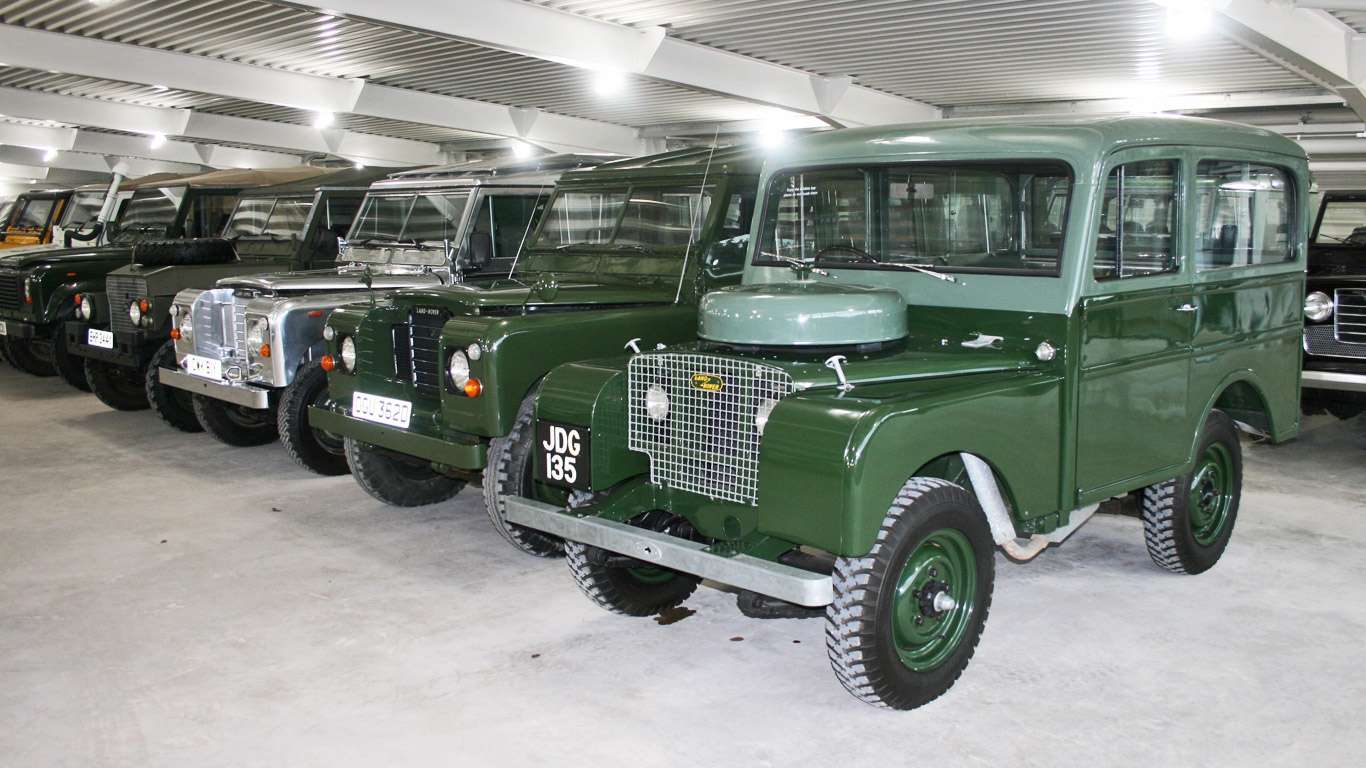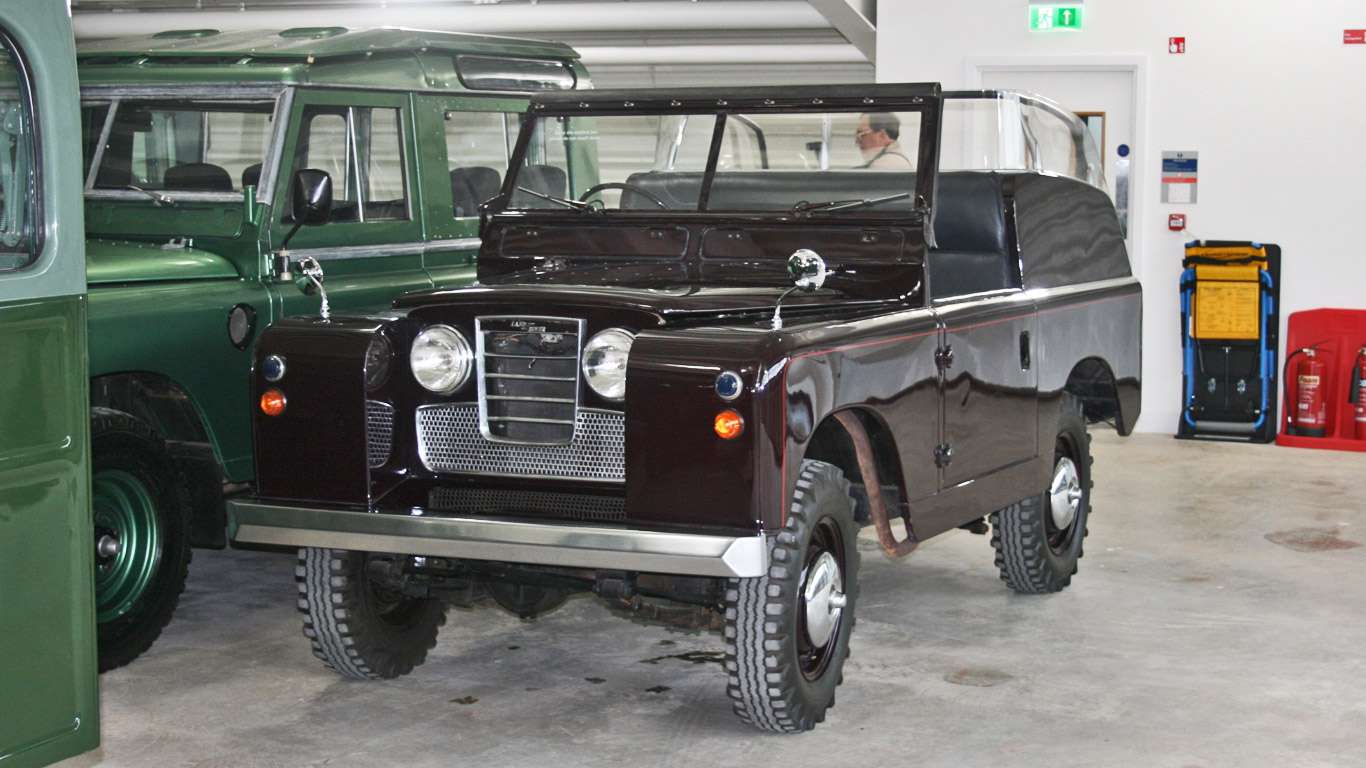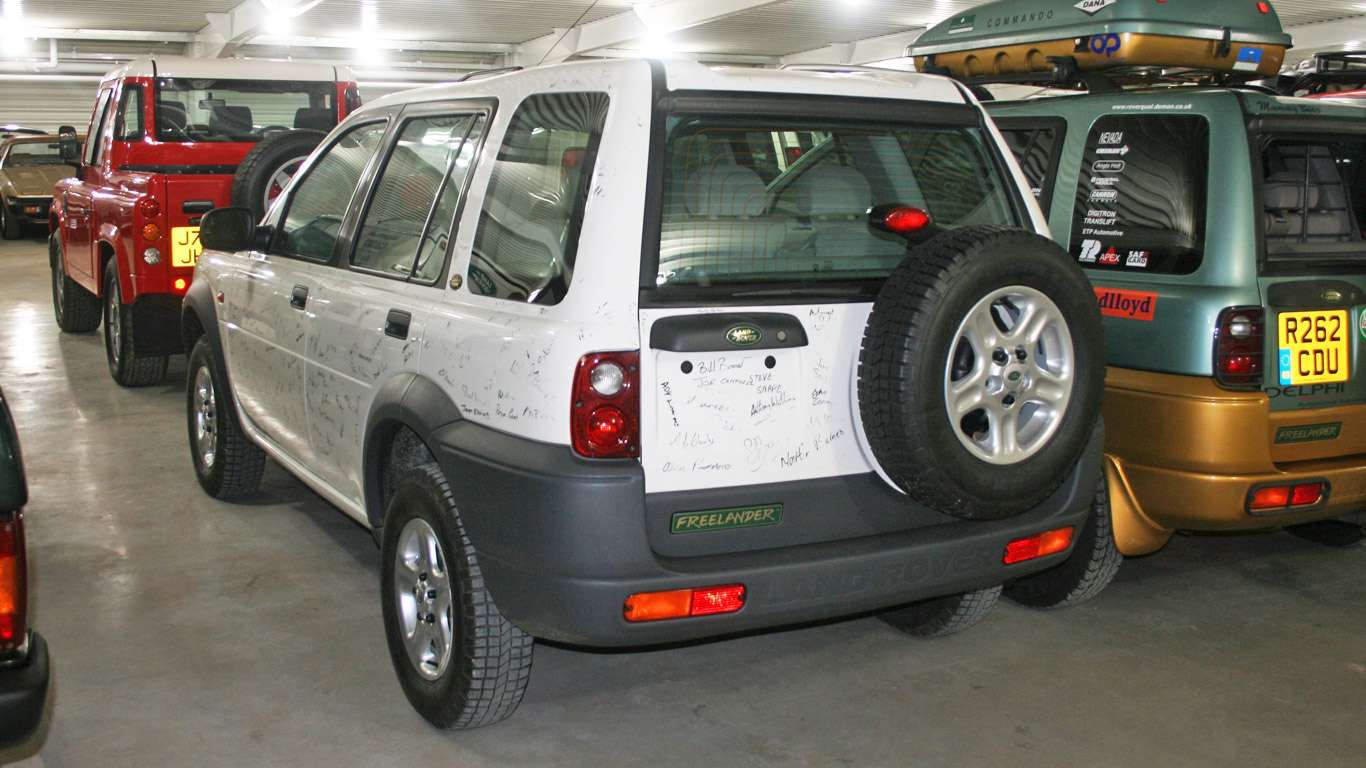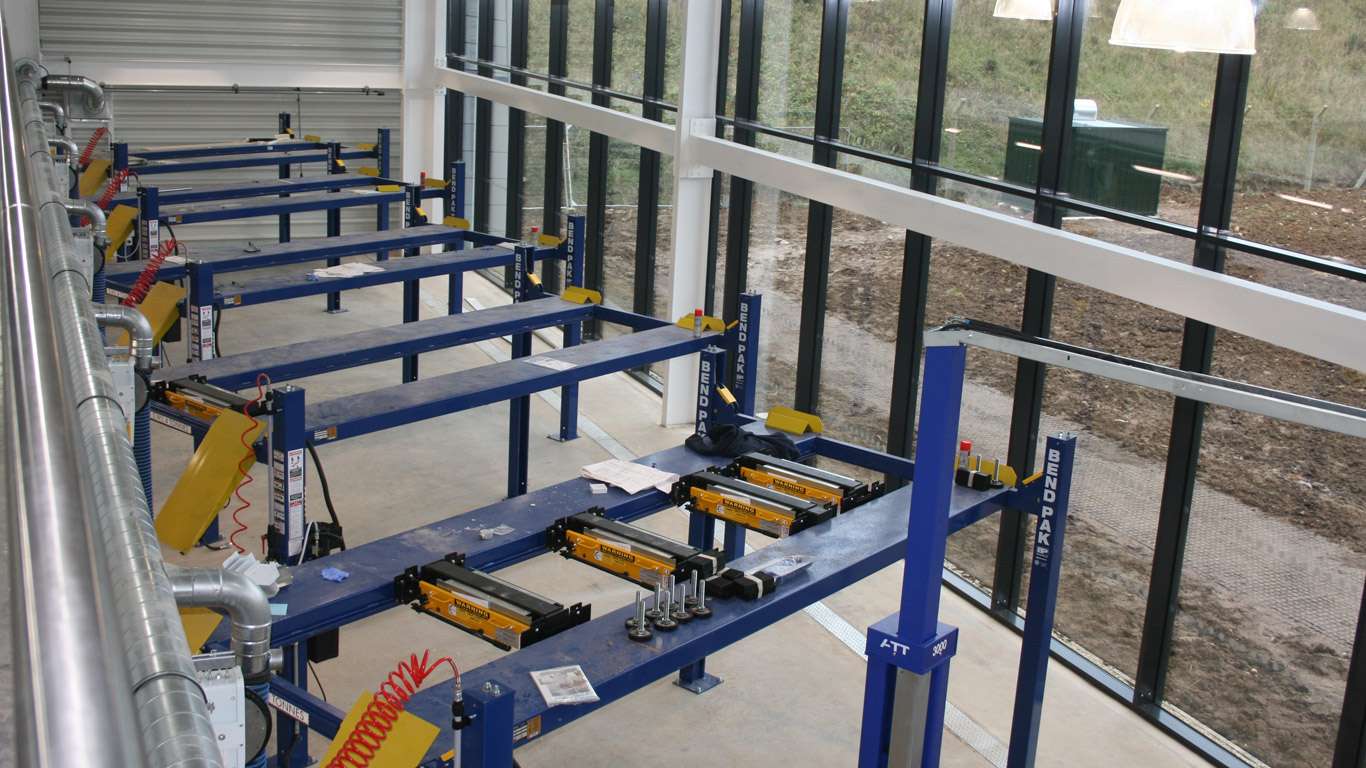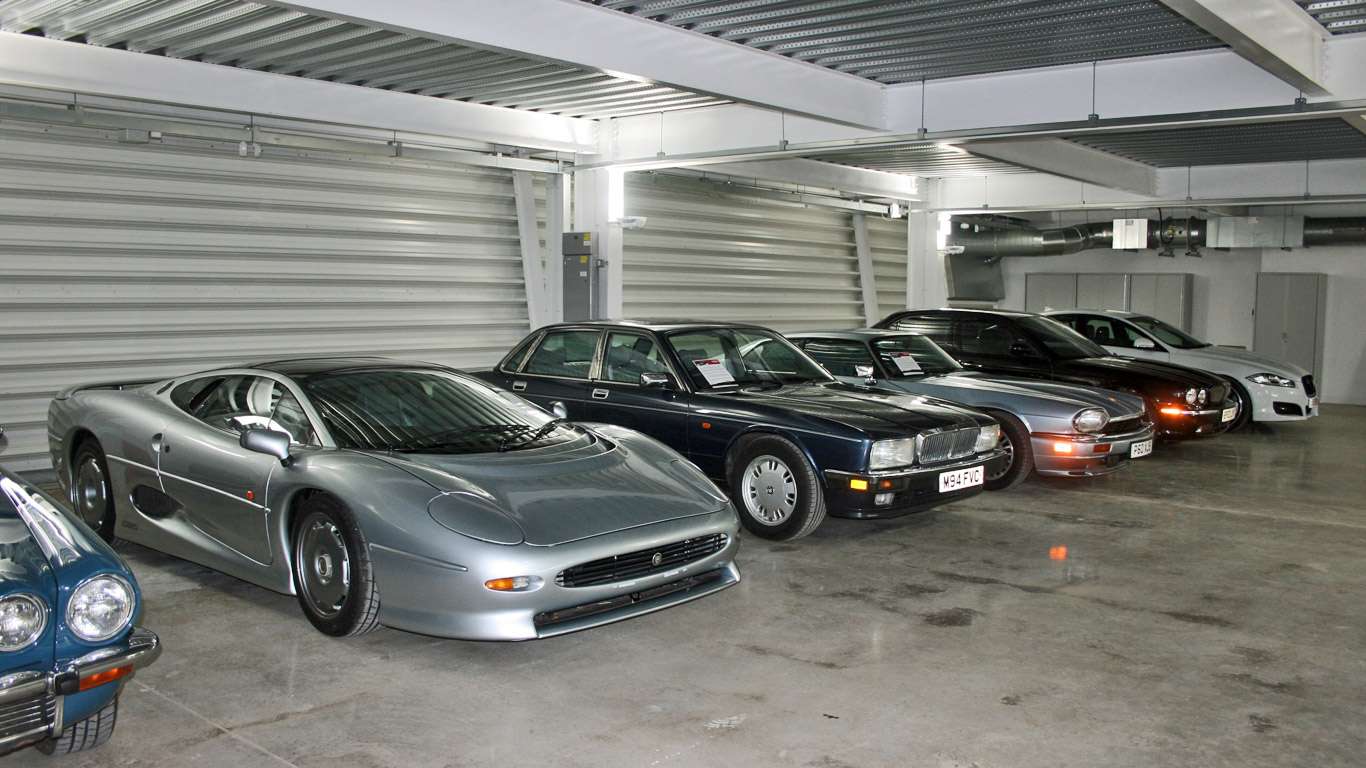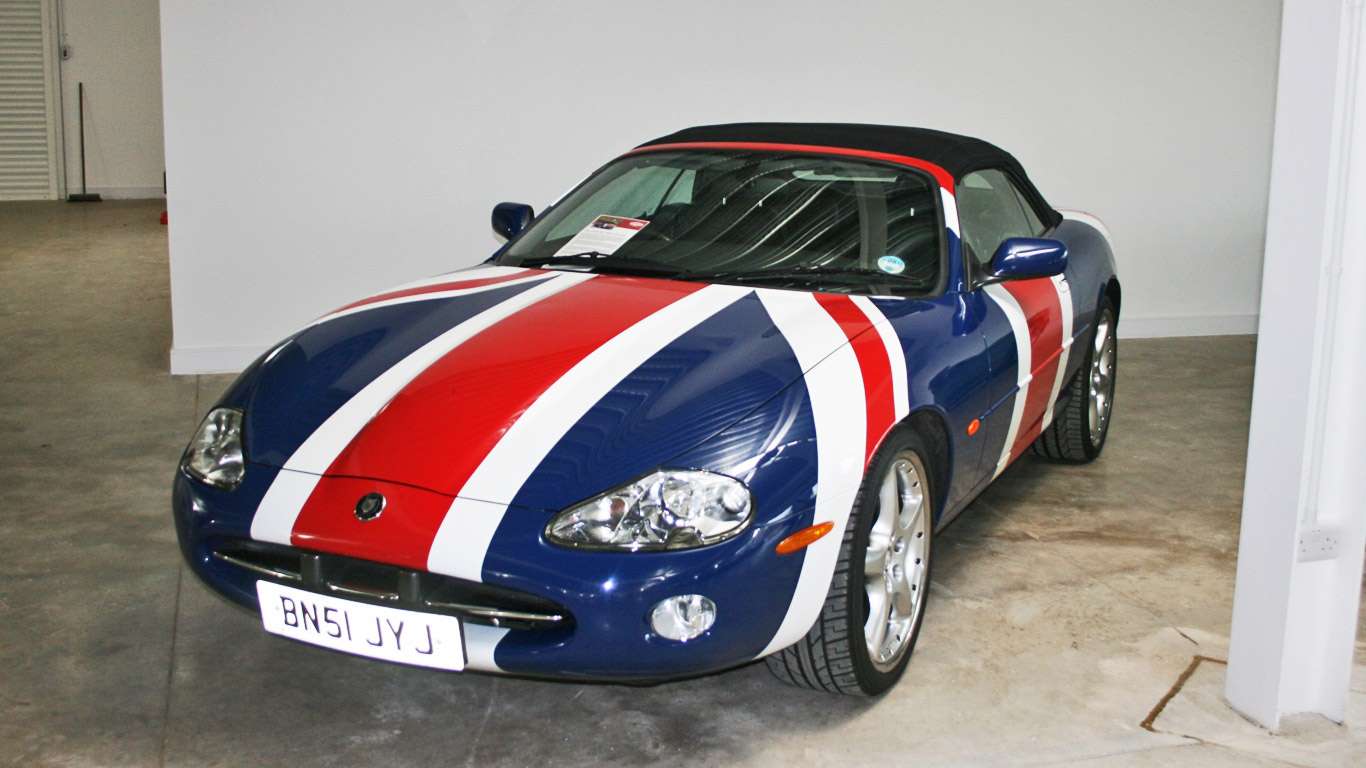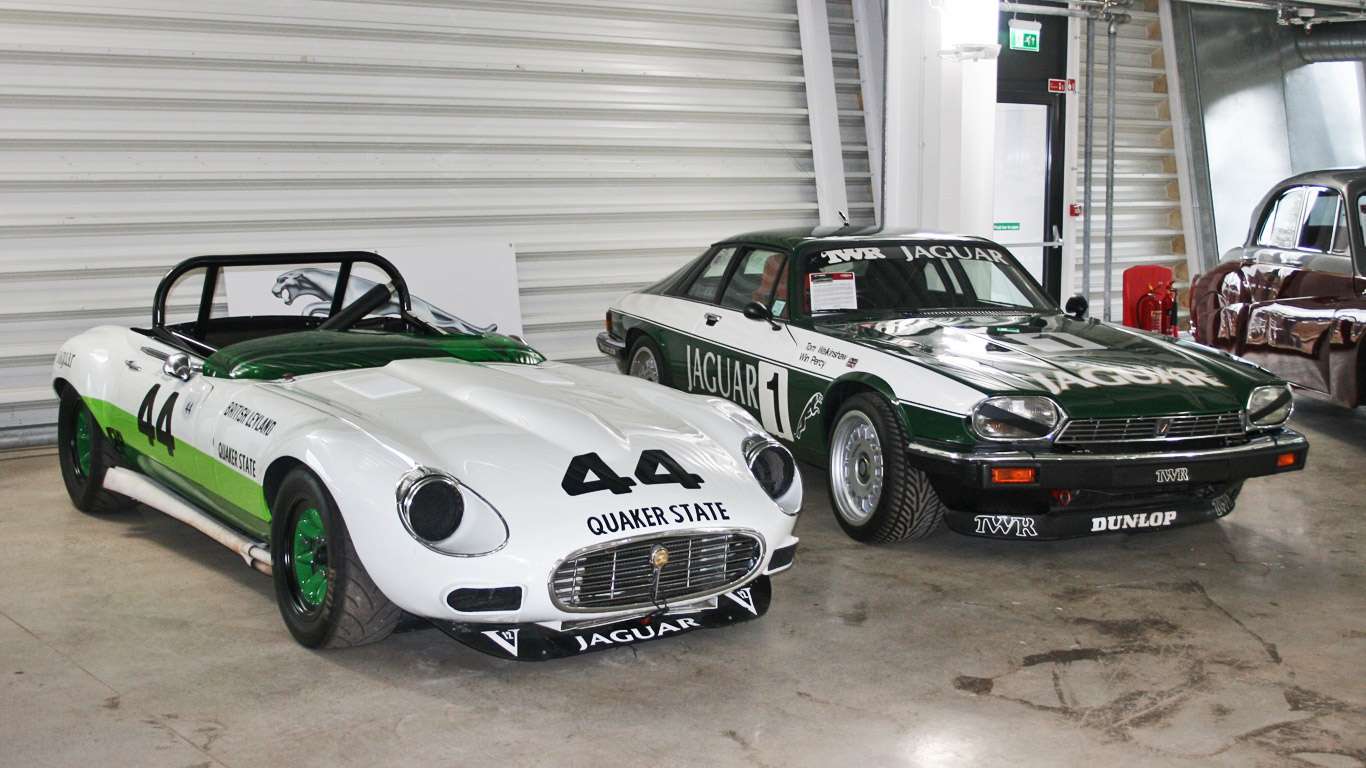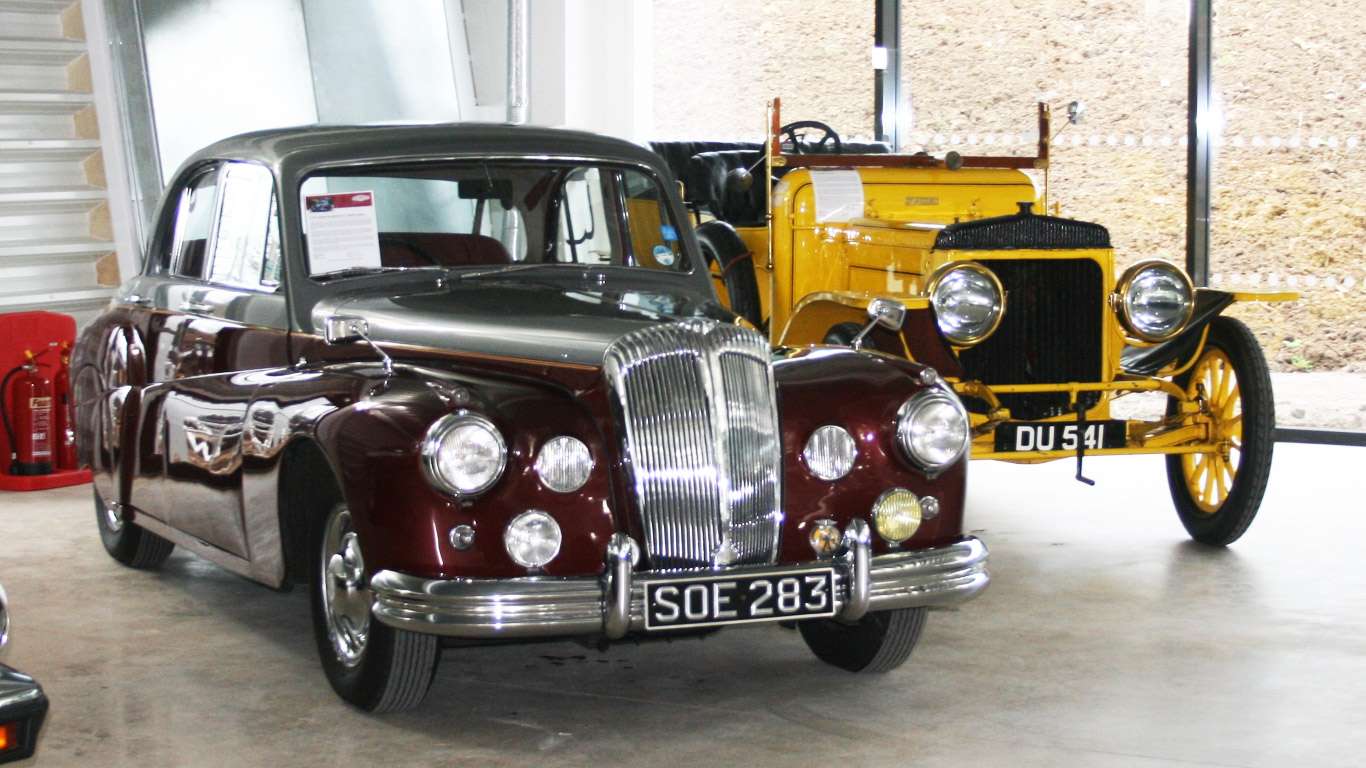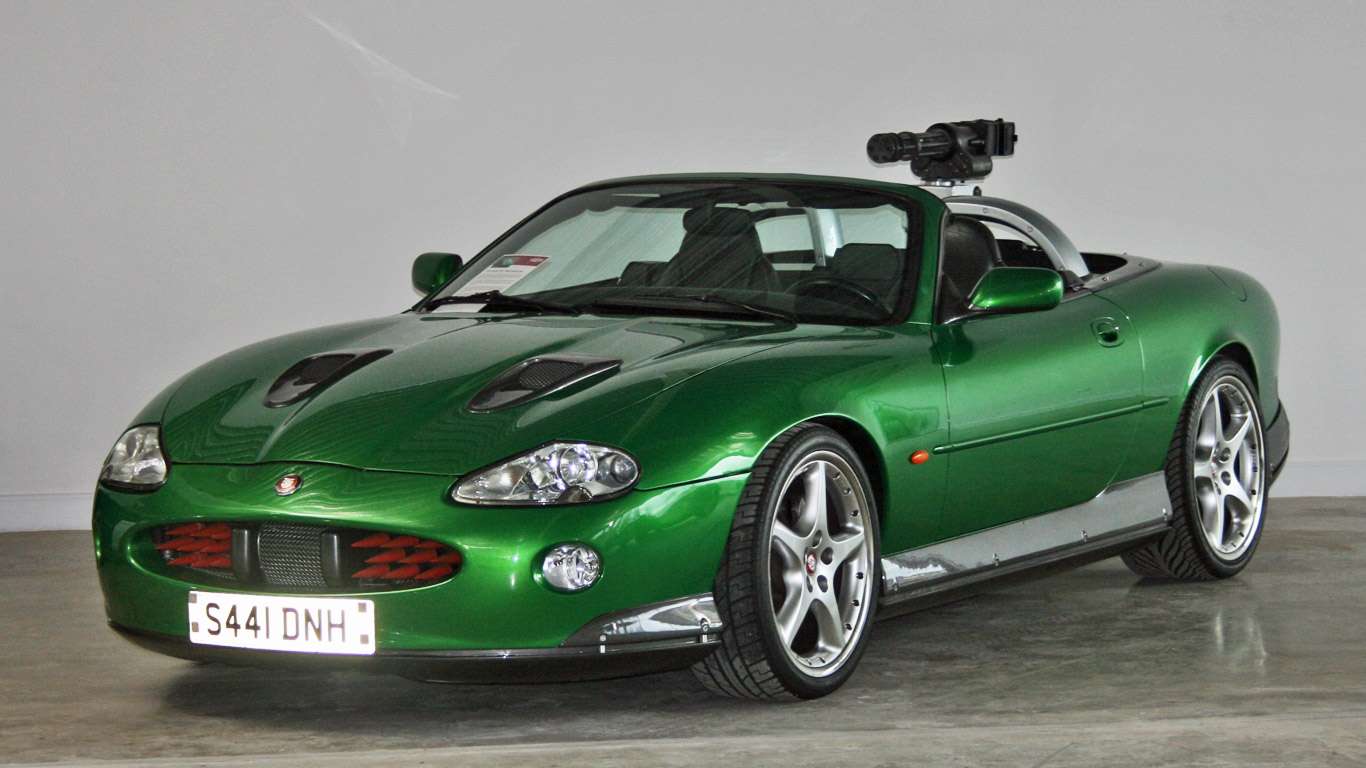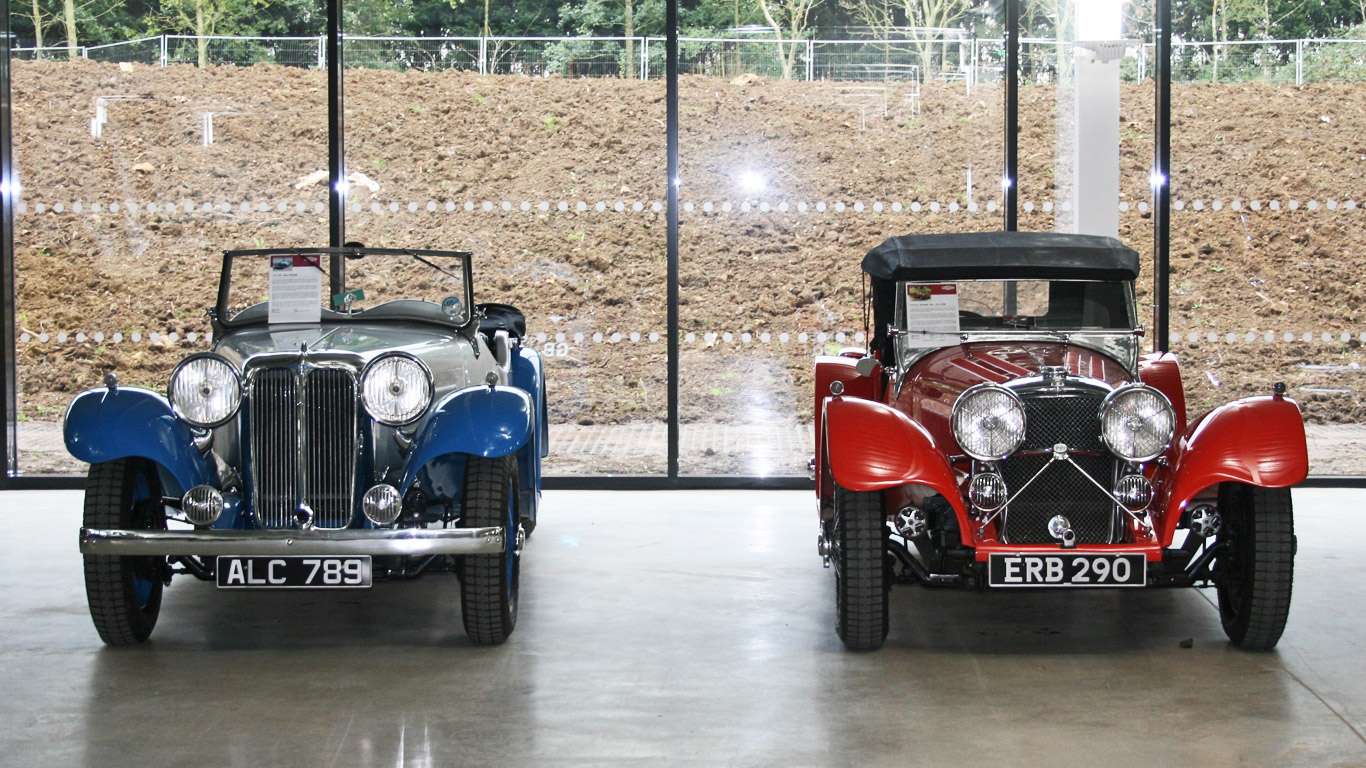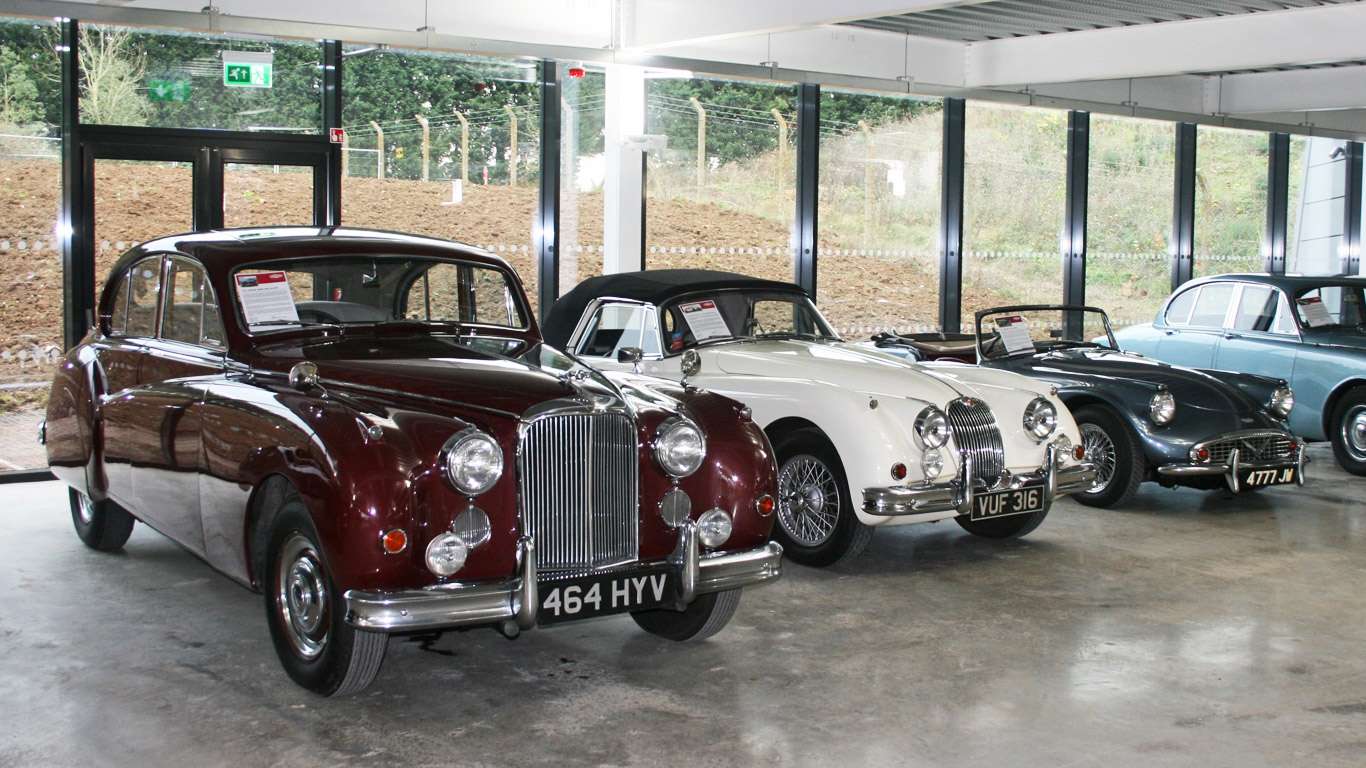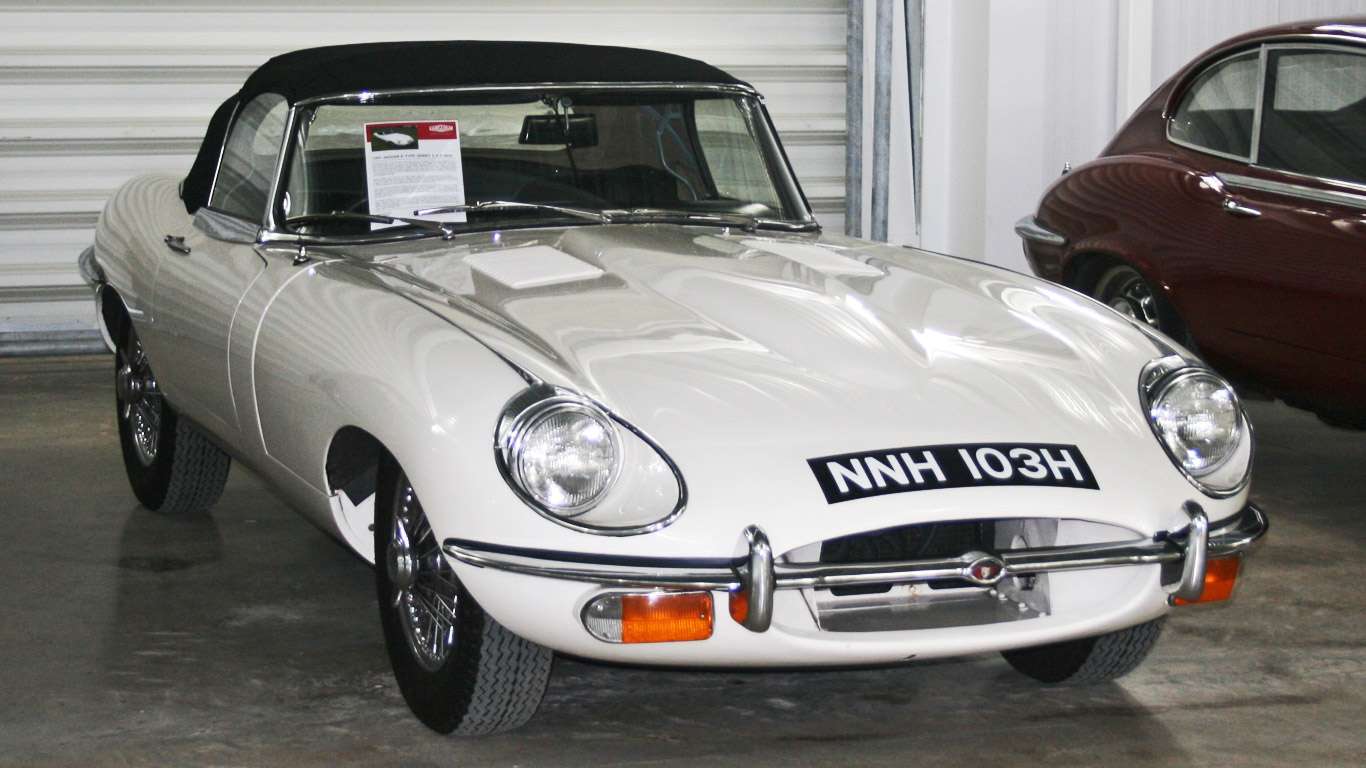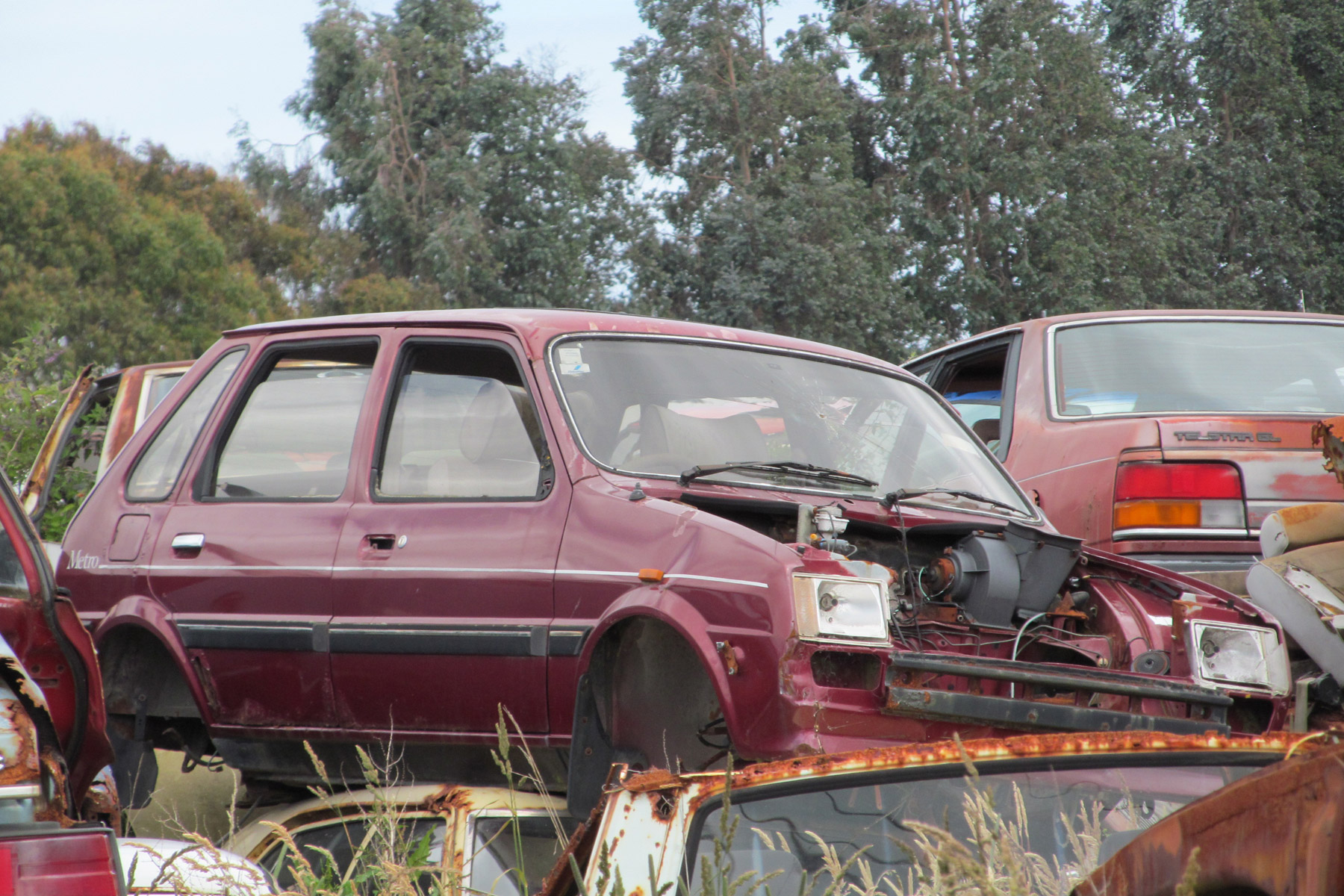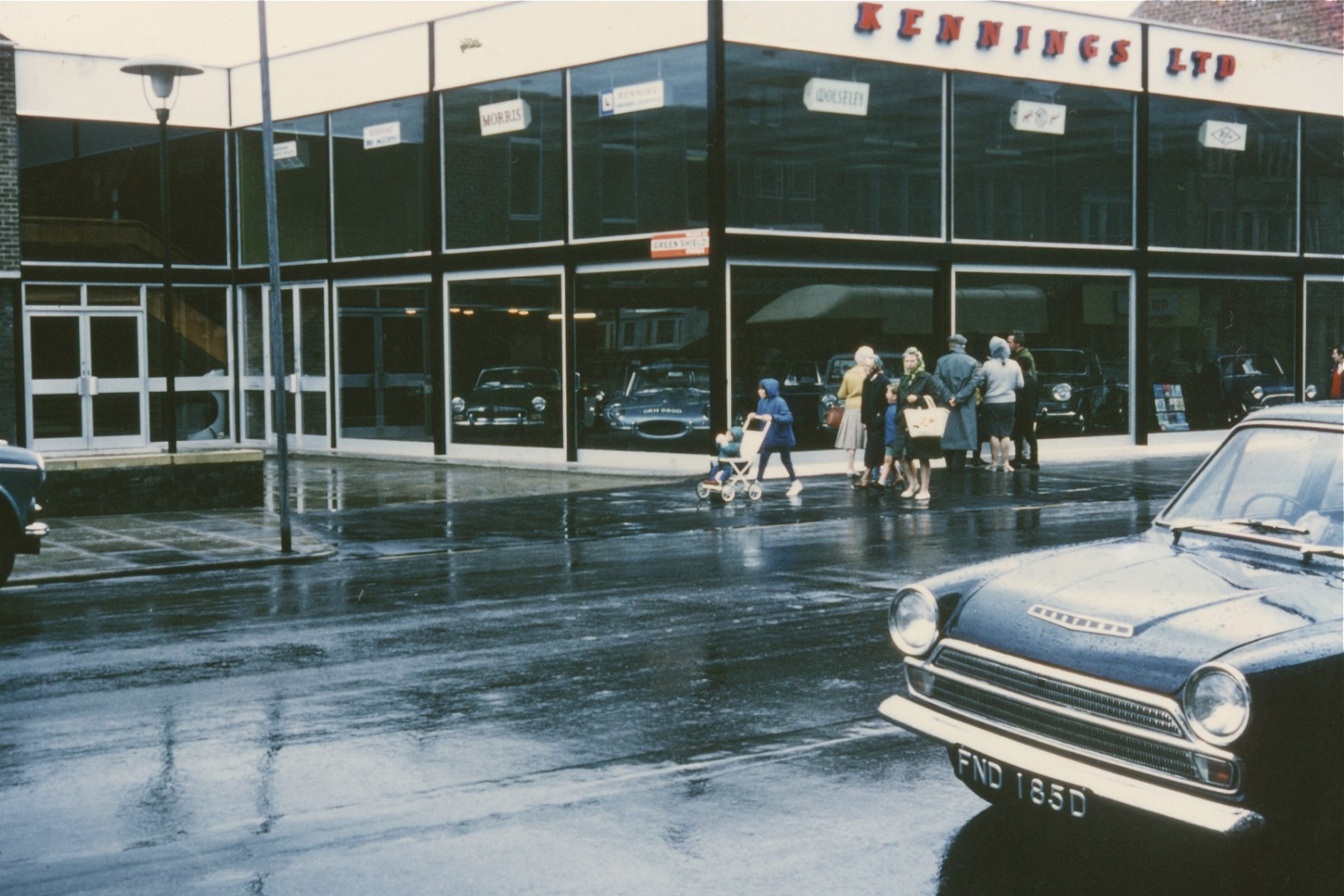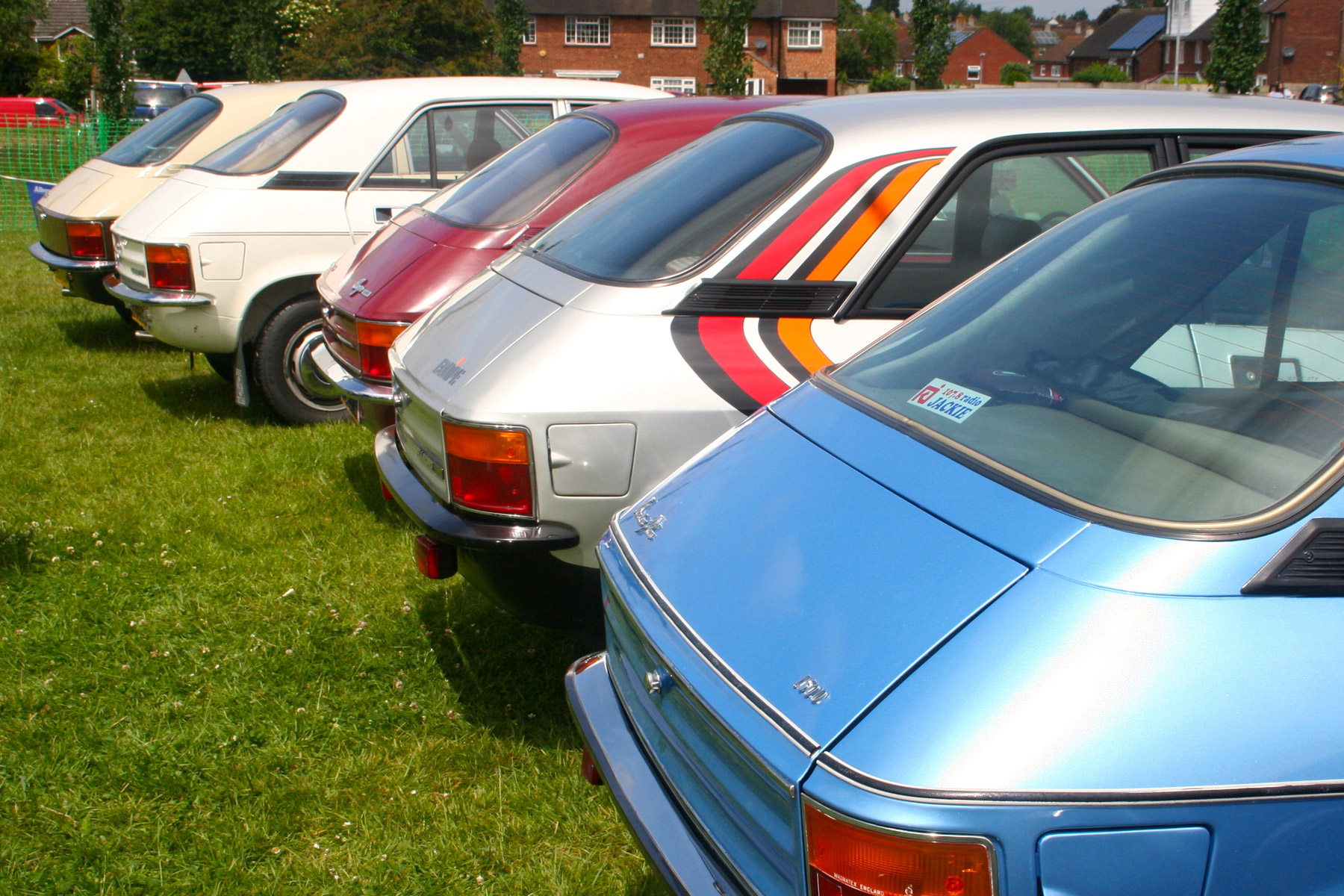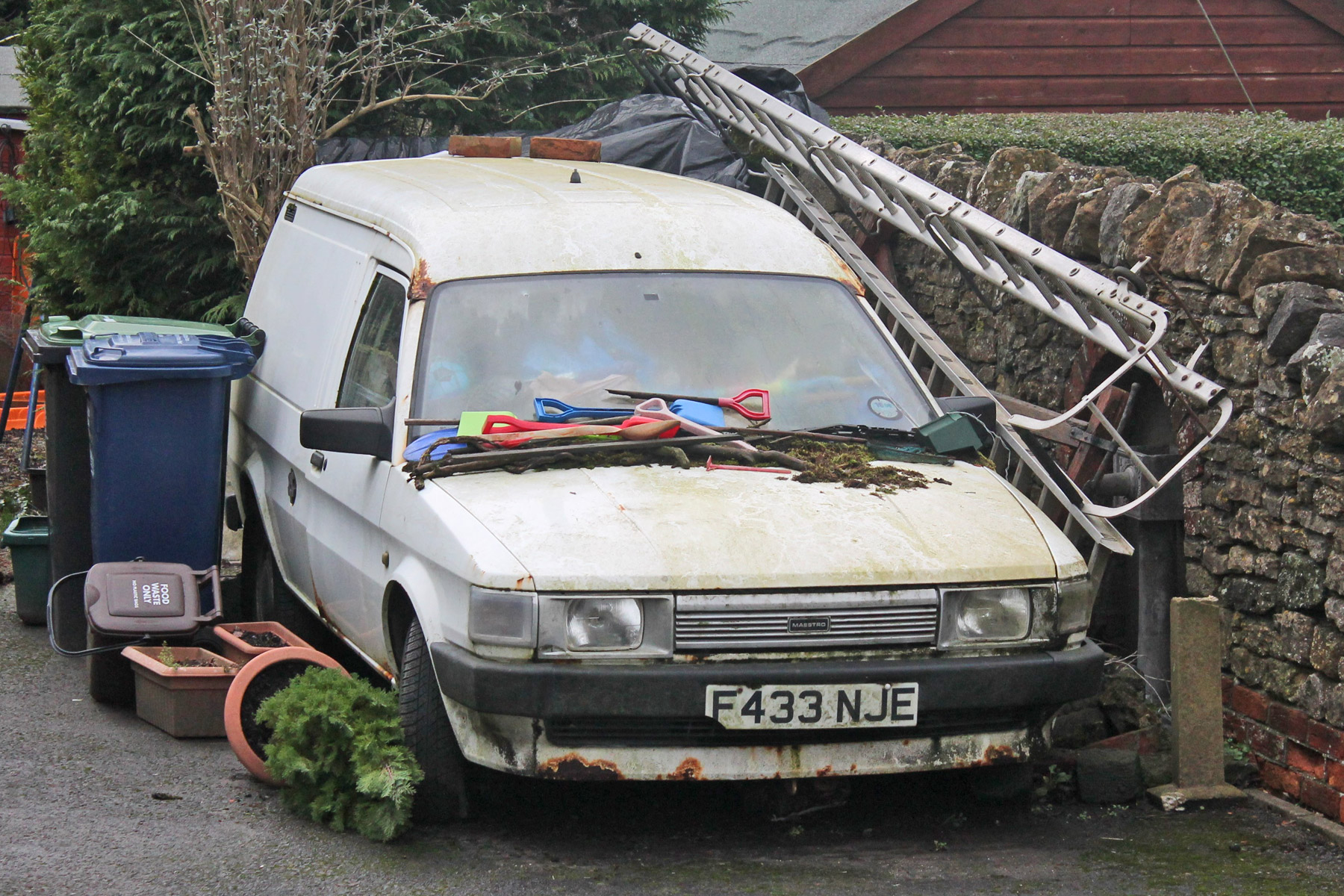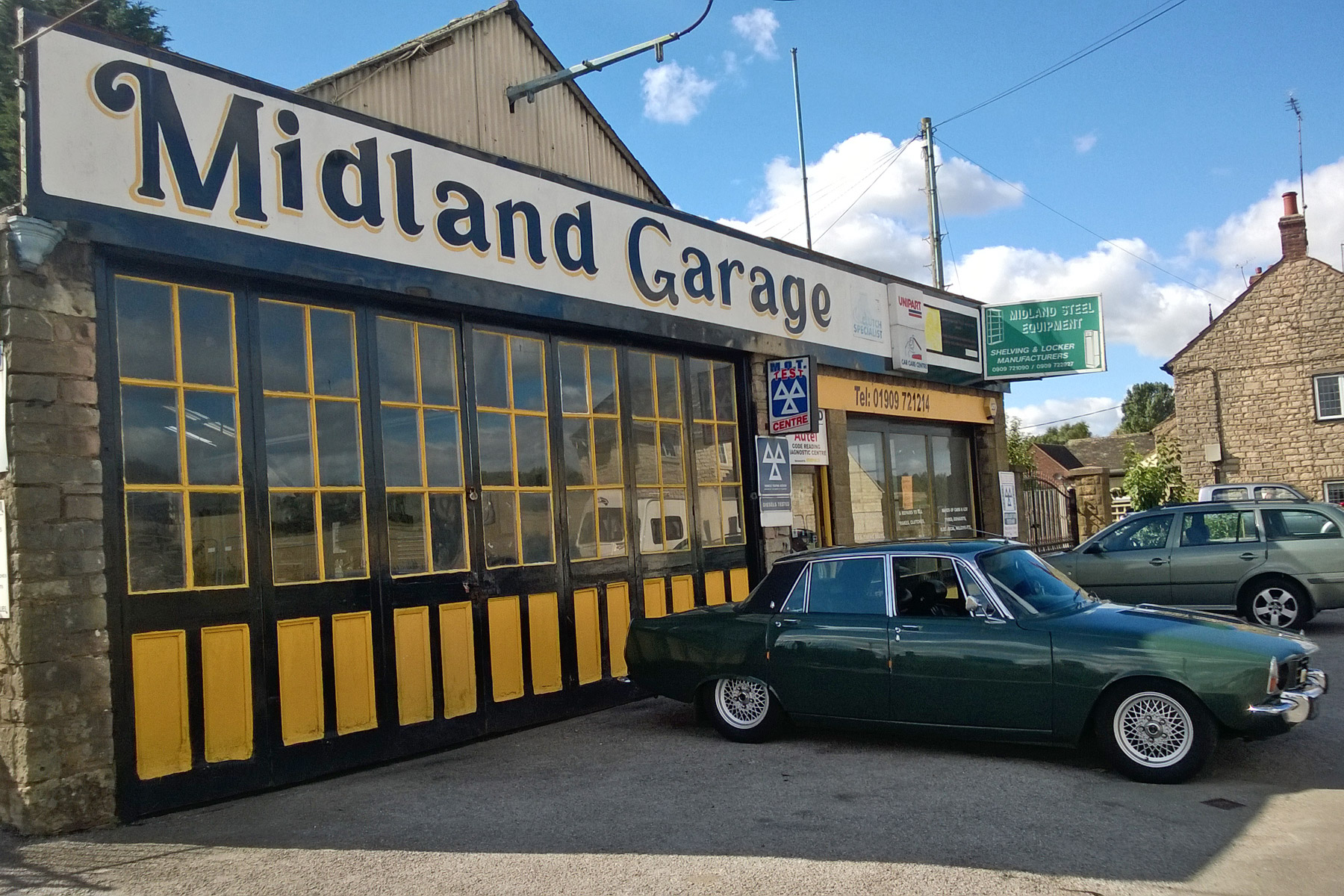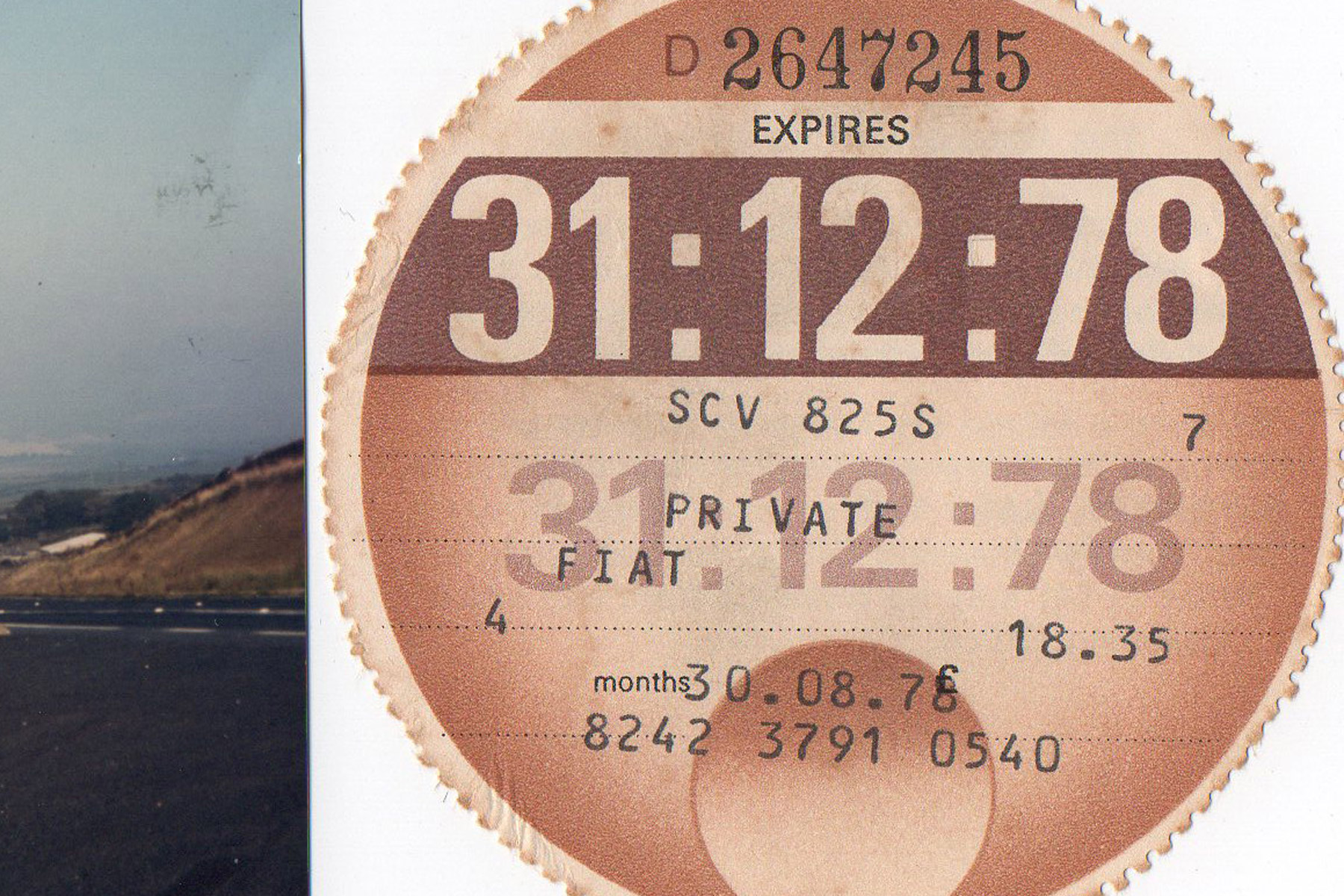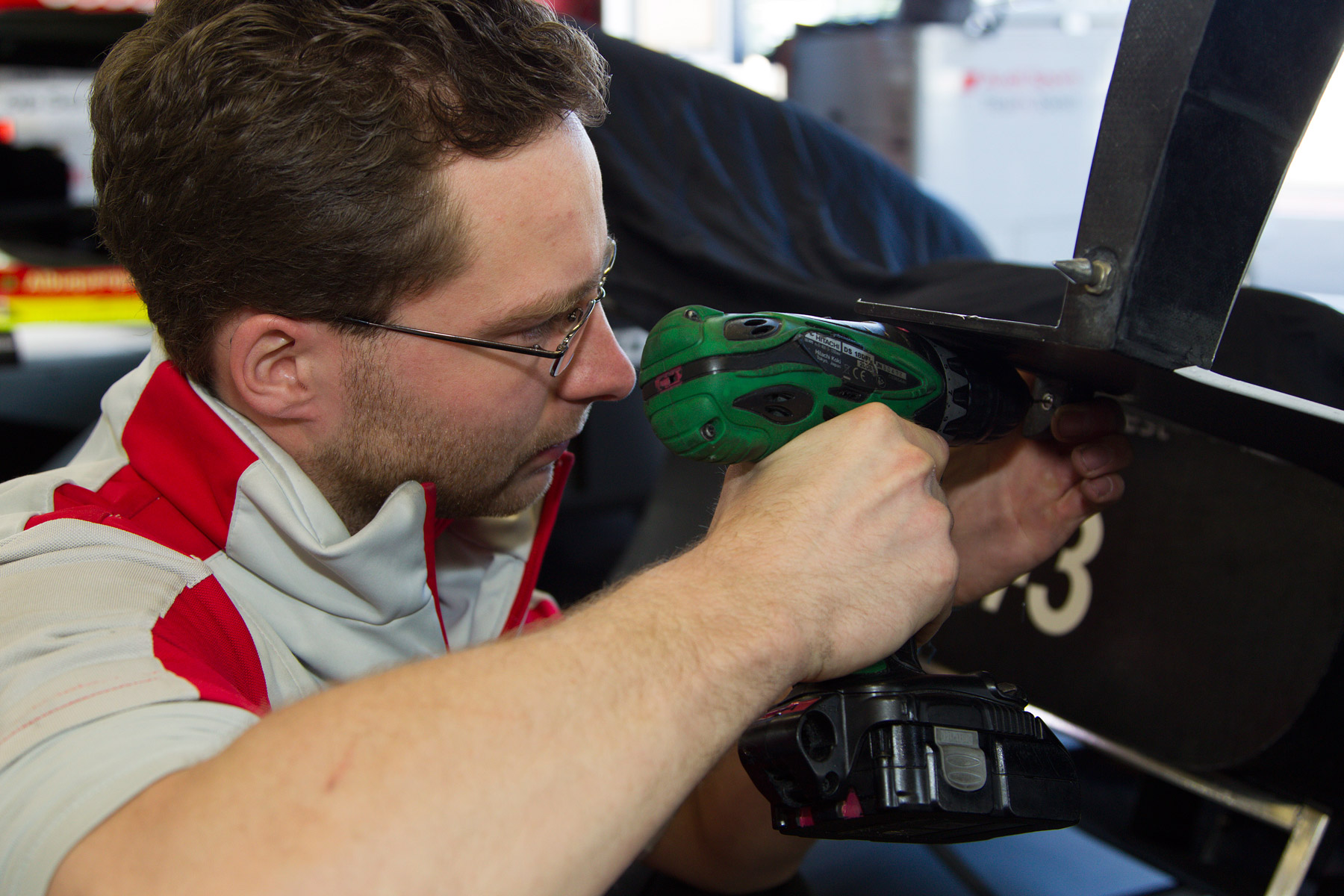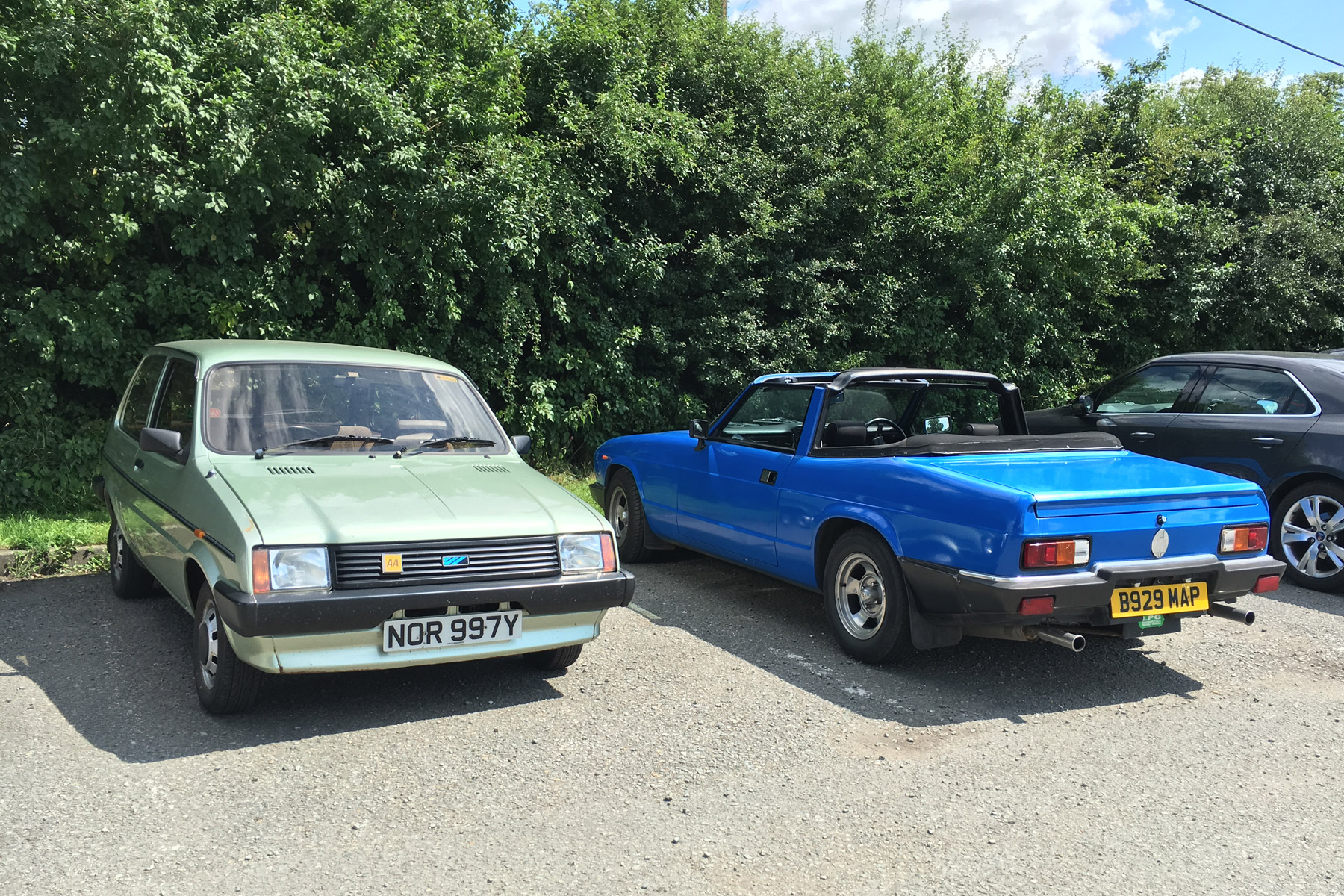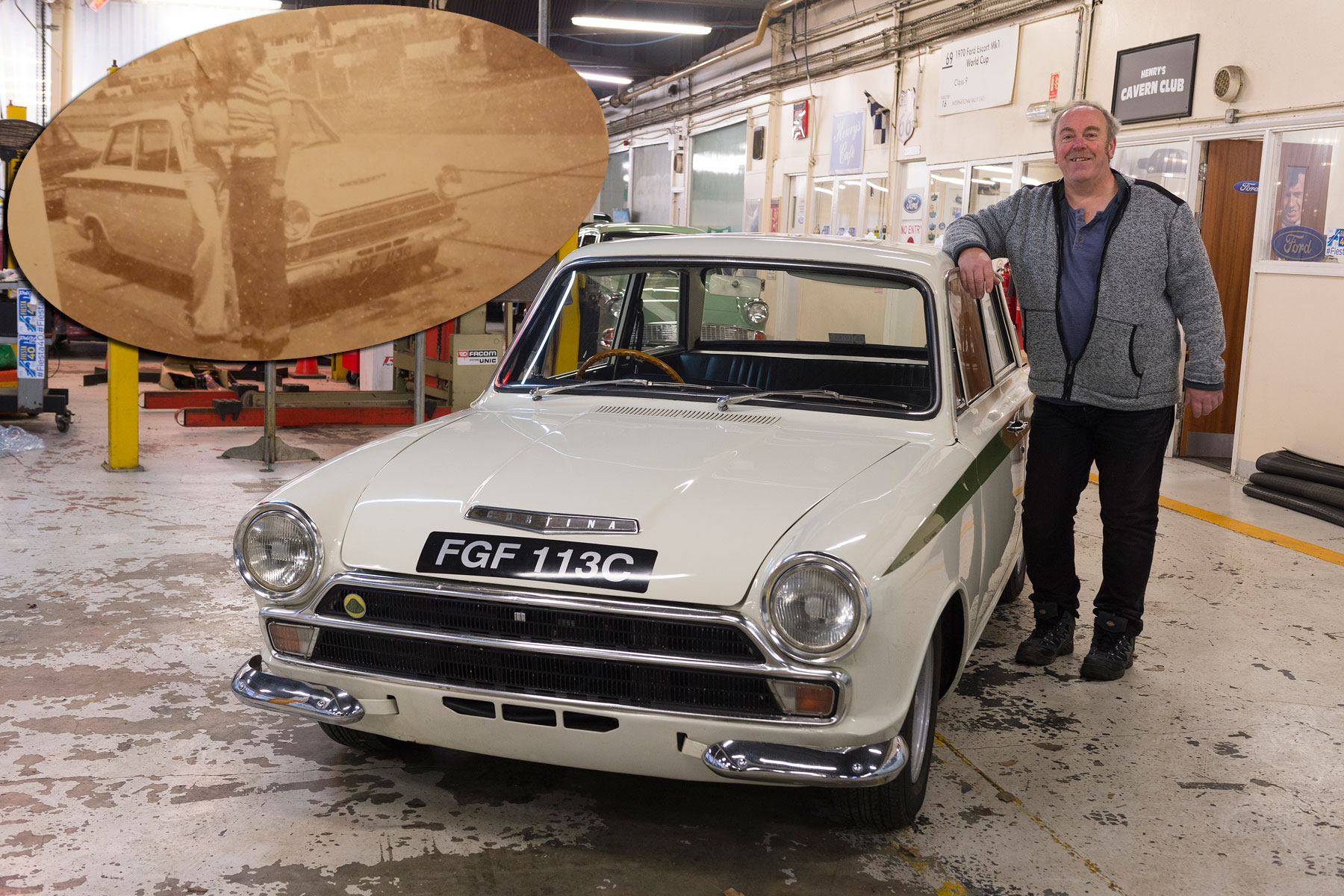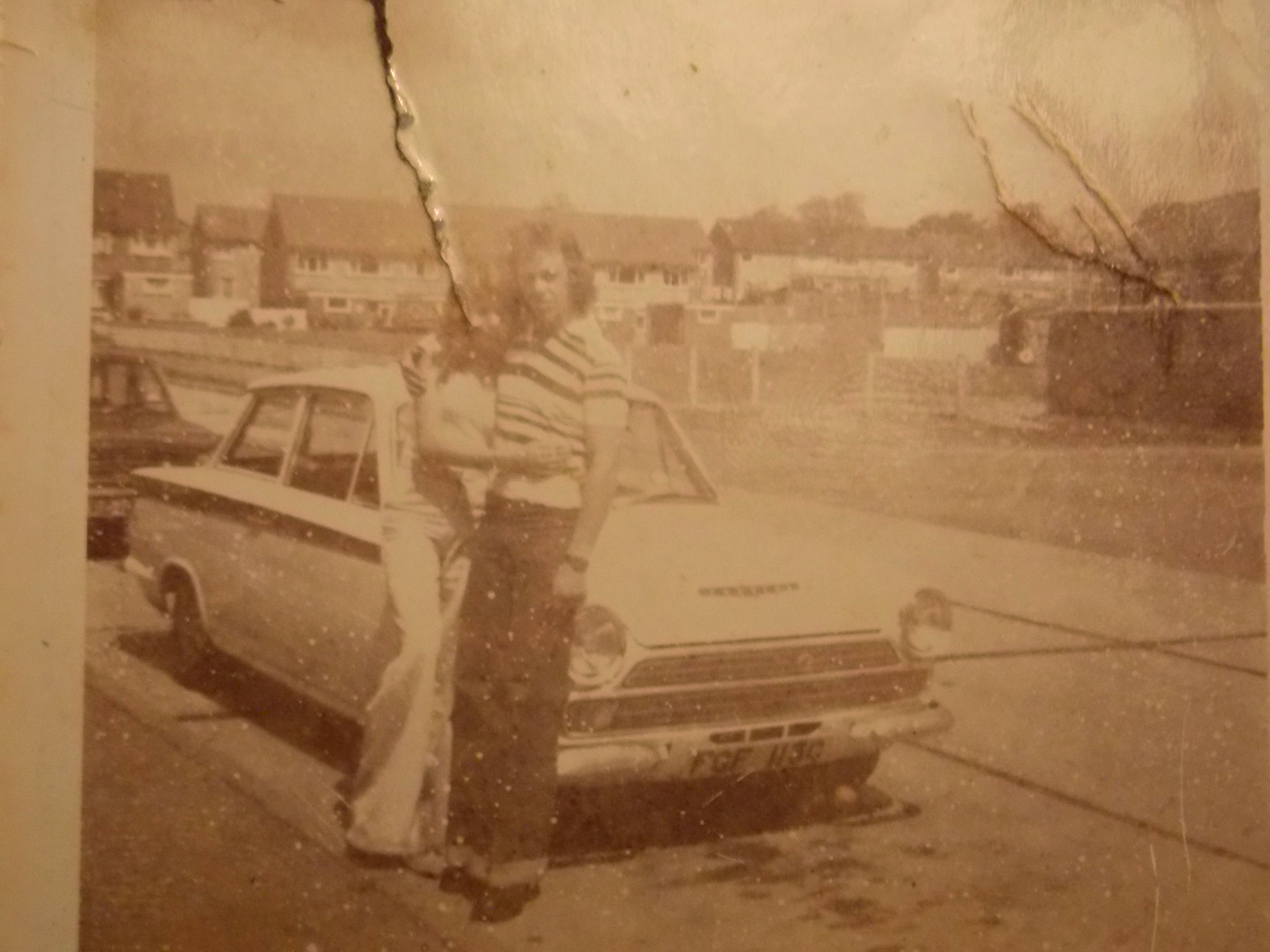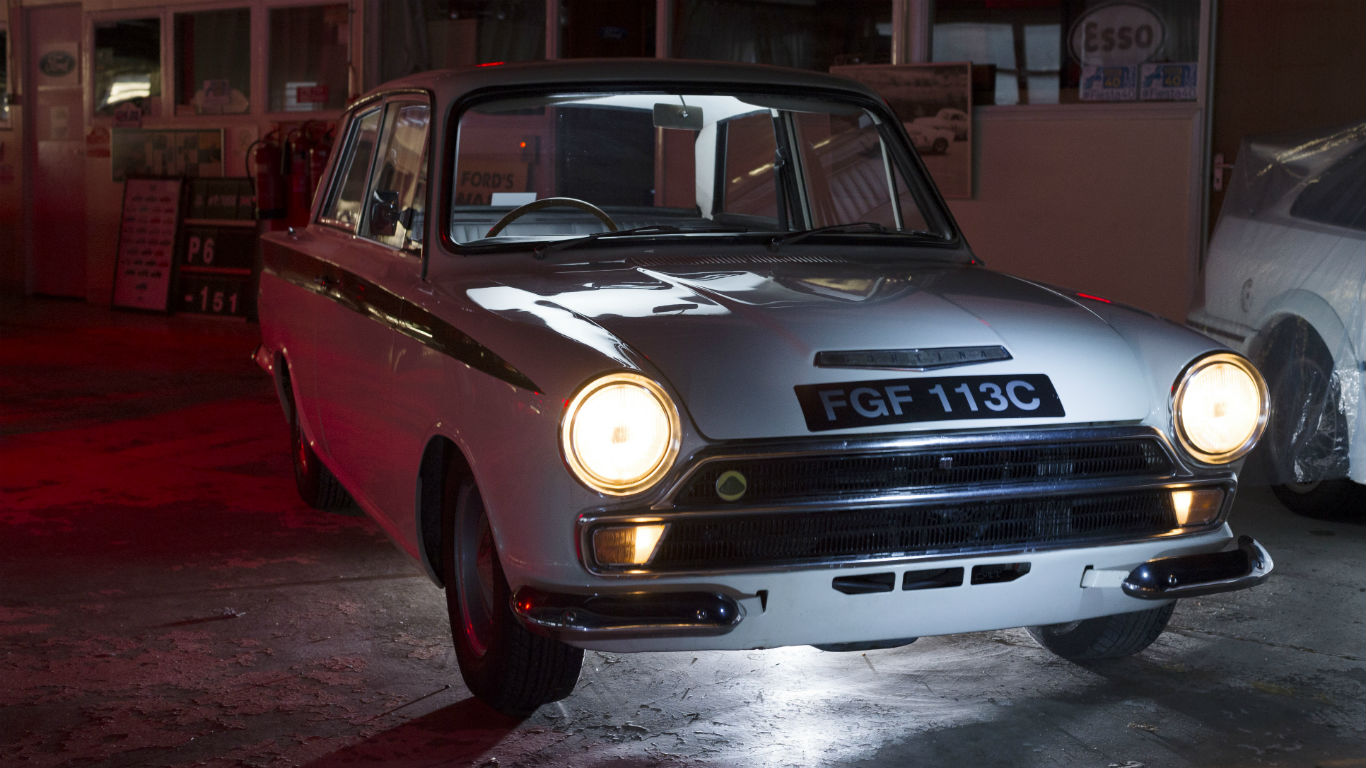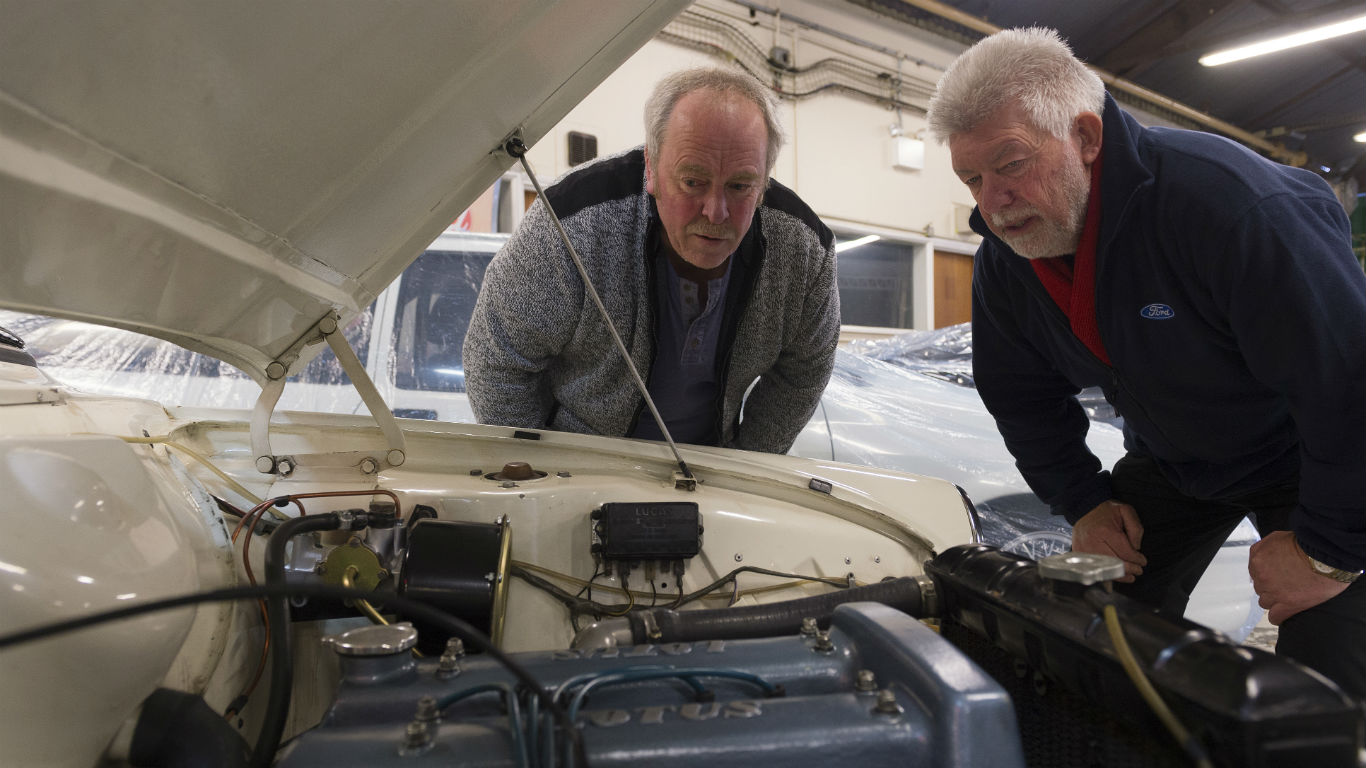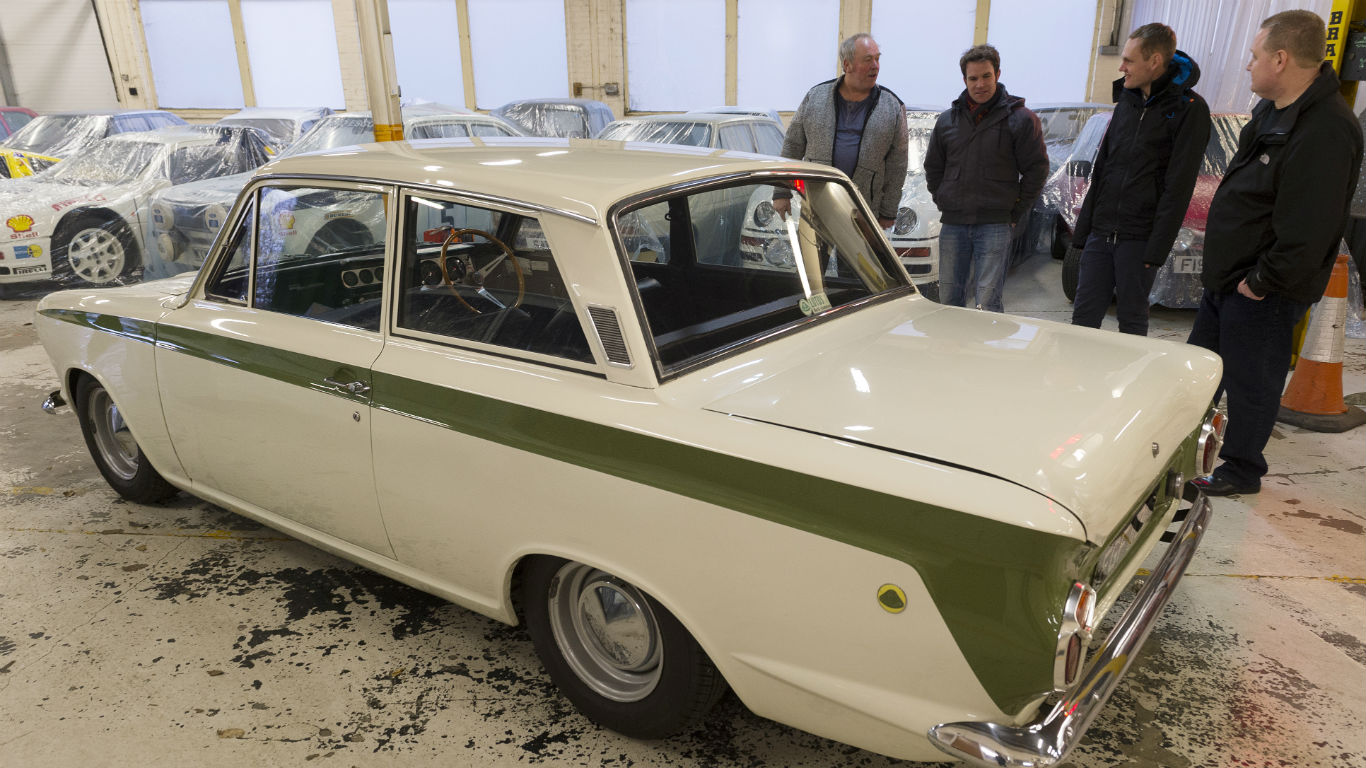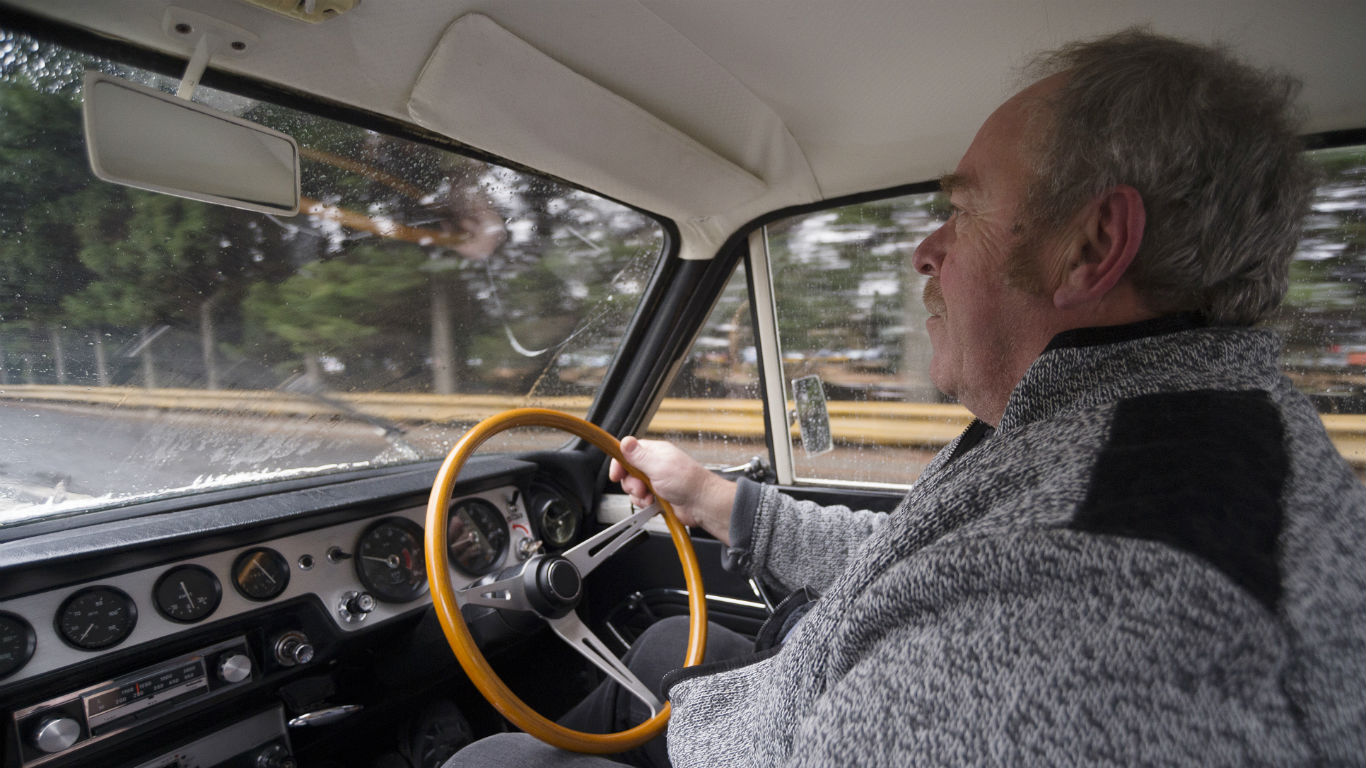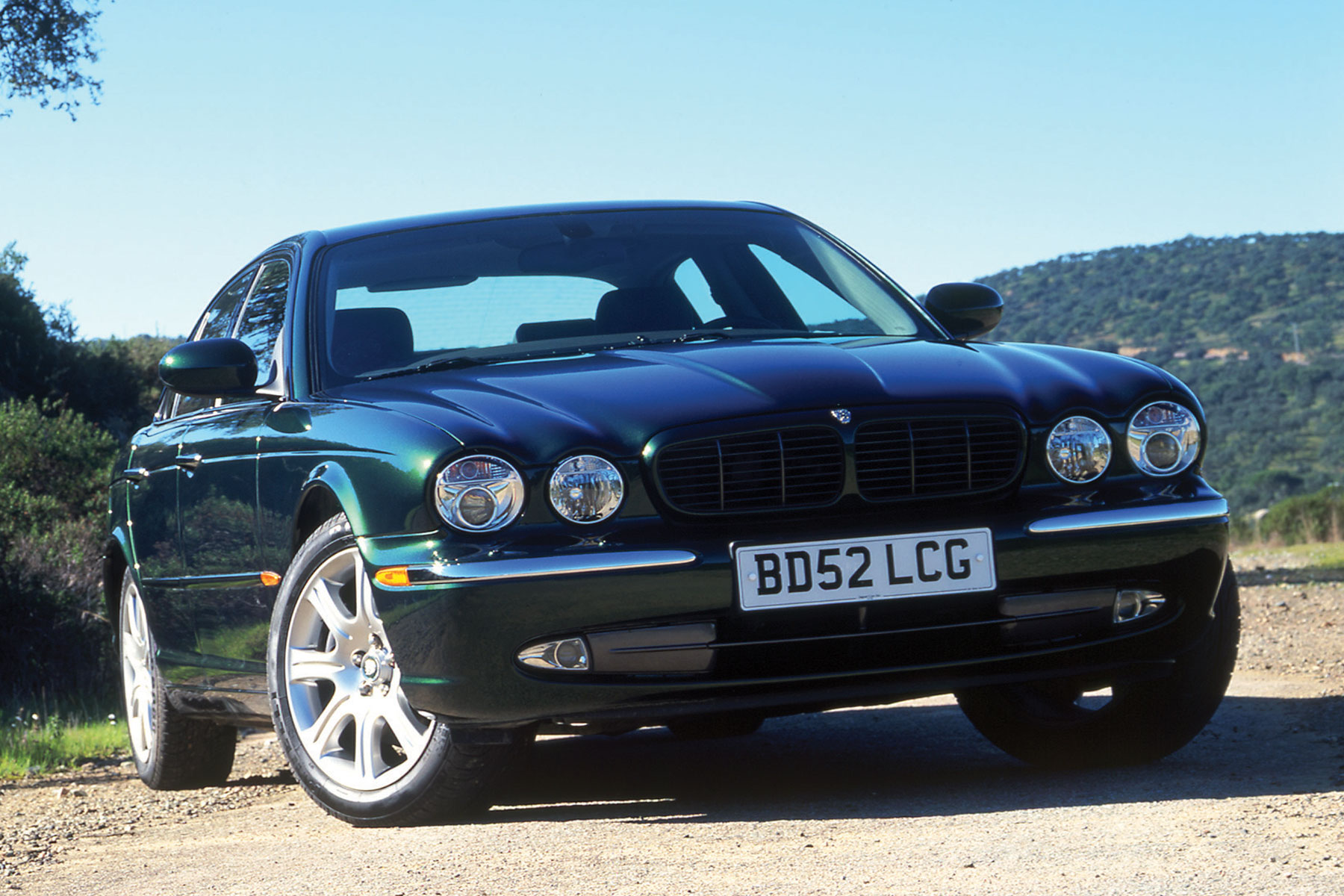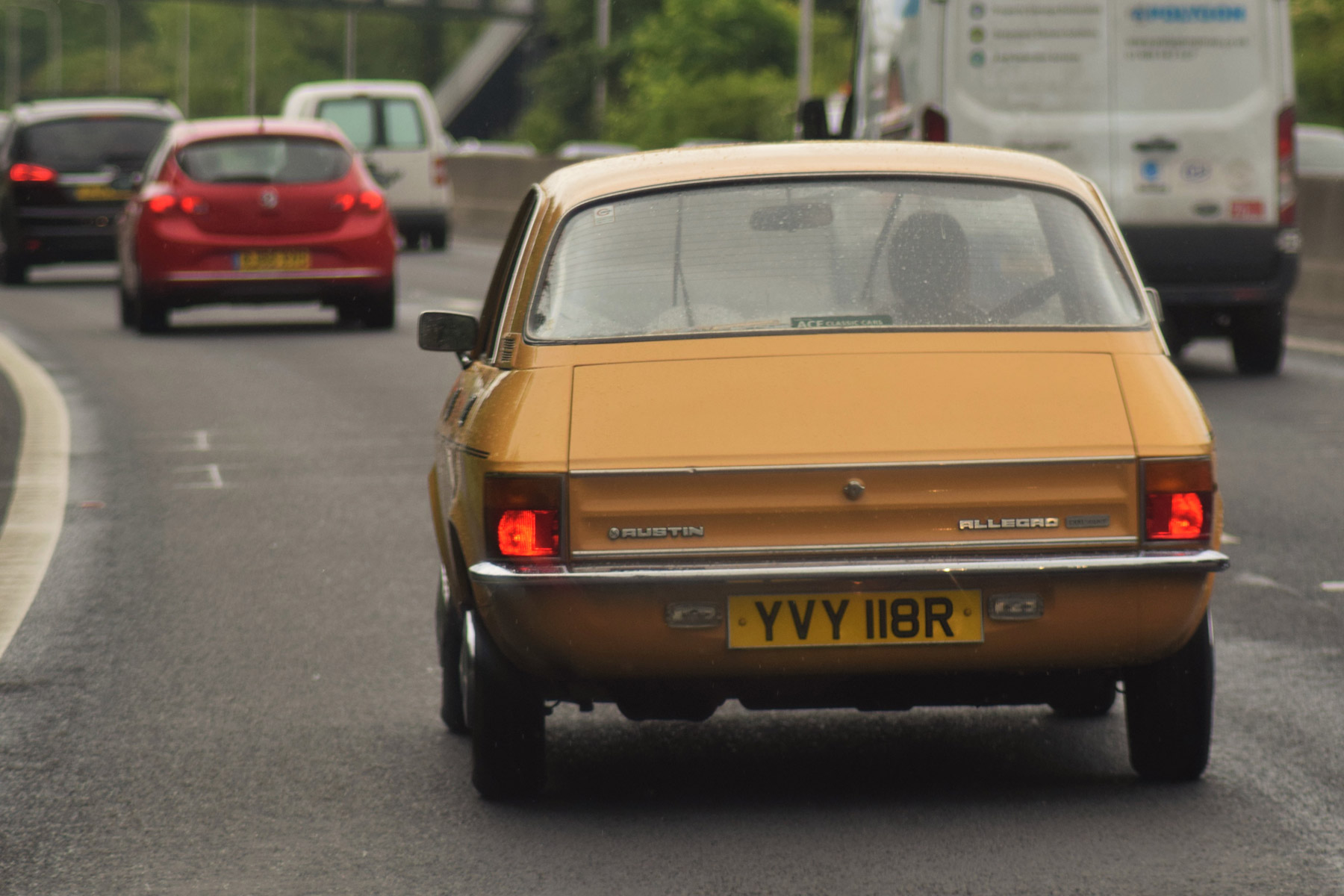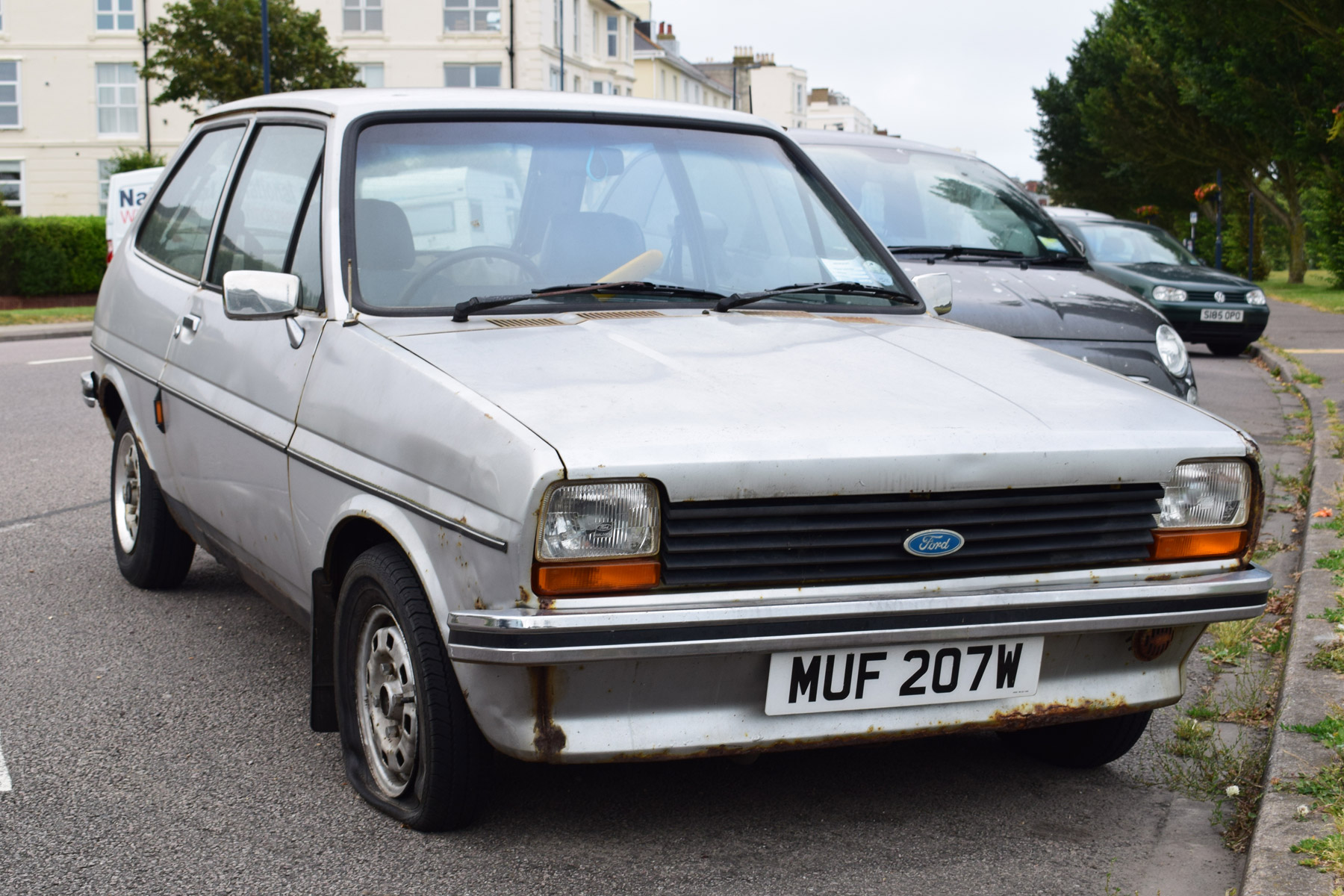 This is the antidote to the modern crossover craze. It’s the Suzuki Jimny, and it’s been on sale – largely unchanged – since 1998. There’s a ladder frame underneath, while power comes from a 1.3-litre petrol engine producing 85hp. A selectable 4×4 system means it’s one of the most capable off roaders on the market. And rumours suggest Suzuki could be axing it in the near future.
This is the antidote to the modern crossover craze. It’s the Suzuki Jimny, and it’s been on sale – largely unchanged – since 1998. There’s a ladder frame underneath, while power comes from a 1.3-litre petrol engine producing 85hp. A selectable 4×4 system means it’s one of the most capable off roaders on the market. And rumours suggest Suzuki could be axing it in the near future.
- Opinion: Why buying a Suzuki Jimny on PCP is a brilliant idea… isn’t it?
- Opinion: The Suzuki Jimny needs a proper send-off
- Suzuki Jimny (2015) road test review
For one week, we had the pleasure of driving around in something of a curio: a 16-plate Jimny. Don’t let the late registration fool you. This is fully deserving of a place on the Retro MR homepage, even in high-spec (heh…) SZ4 guise. SZ4, incidentally, costs £1,784 more than the entry-level SZ3 and comes with modern luxuries such as 15-inch alloys, fake leather and tinted rear windows.
How does it drive?
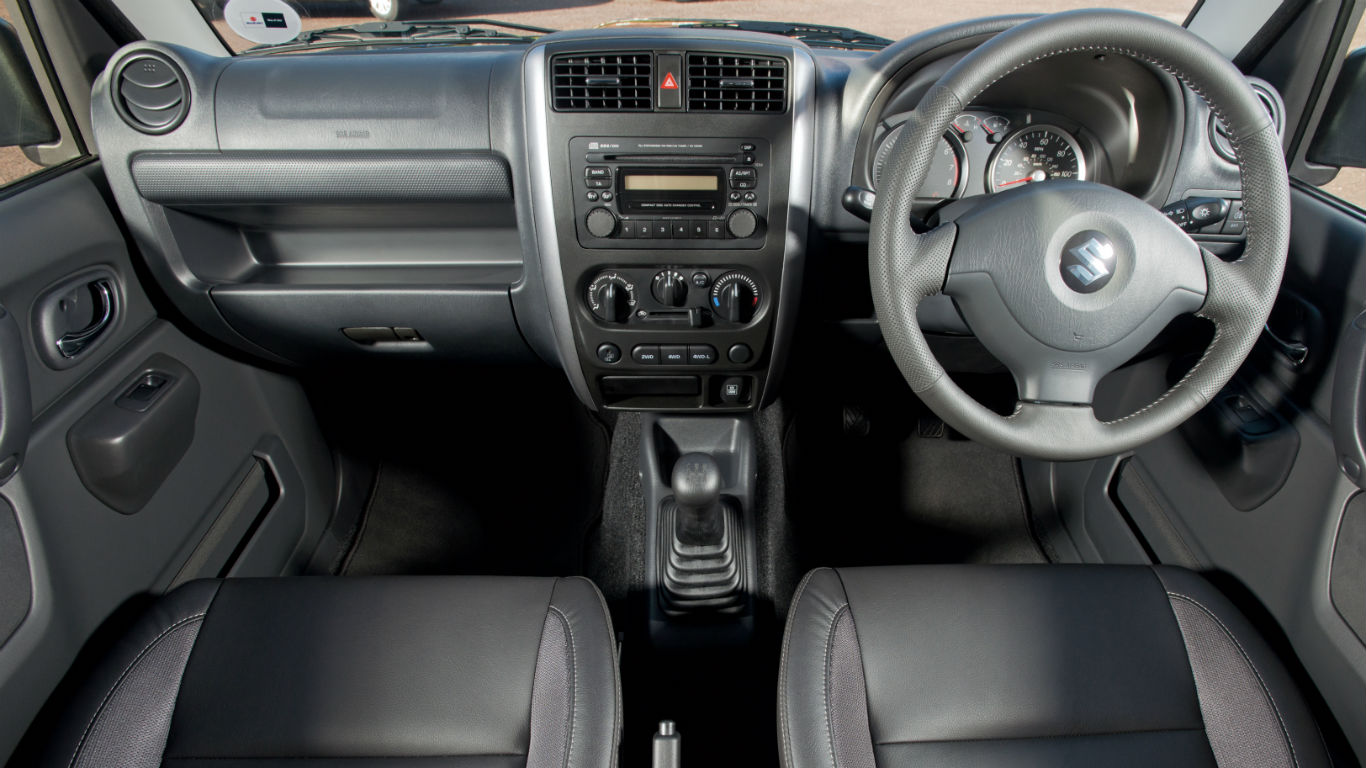
It’s funny. Considering it’s diddy dimensions, you do sit surprisingly high up, looking out over its bonnet scoop and enjoying its open, unrestricted view (there’s no thick B(?) pillars here. It’s only when the road gets narrow or you want to reverse into a parking space that you realise how small it is.
Cruising down the motorway is an experience. The Jimny wanders around in its own lane – quite unnerving at first, but you soon learn the ways of Jimny. Essentially, it’s best to focus on a point in the distance and drive towards it, as a professional drifter would, rather than constantly make minor inputs in a bid to correct the wayward steering. Oh, and don’t bother exceeding around 60mph. It’ll do it (top speed is officially 87mph), but it’s not fun.
It’s better suited to rural roads. Even here, it’s not perfect – it bounces around, while the steering remains vague. Dare take a corner fast(ish) and it feels like it’s about to fall over. But there’s charm to be found in sitting high up, enjoying the views while simultaneously having to concentrate on staying on the road. It’s fun in a similar way to a Citroen 2CV.
Tell me about buying one
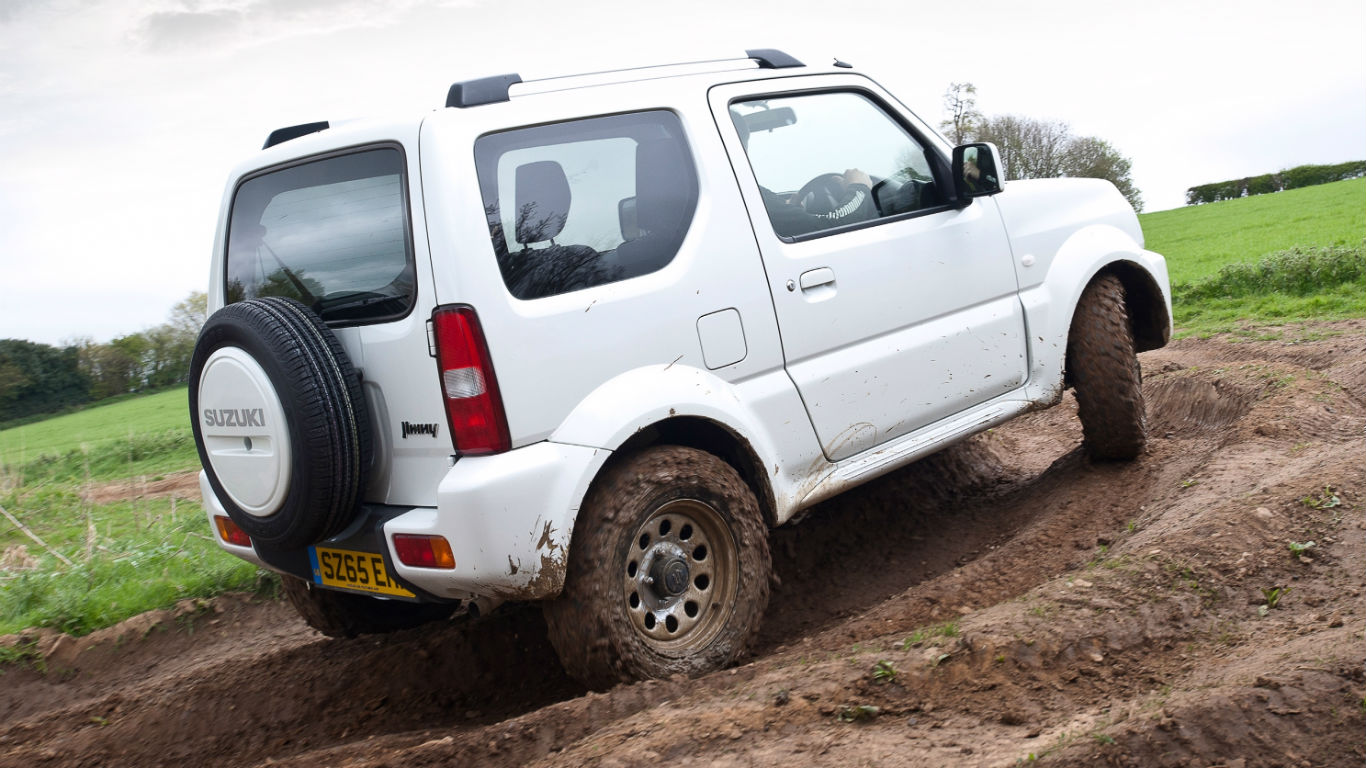
A solid 19 years in production means there’s plenty of Jimnys around. We reckon spending between £4,000 and £6,000 on an example from around 2008/9 is the real sweet spot of secondhand Jimny buying – it’s old enough to have lost most of its value, but still above shed territory.
You want an example that’s had an easy life. Look out for signs that it’s been worked hard out in the country – scrapes to the sills, a towbar and mud-biased tyres are all giveaways. If you do find one that looks to have had an easy life in the town, it’s worth checking that the selectable 4×4 system works as it should, flicking from two- to four-wheel drive without a hitch.
Other common issues are issues that affect all Jimnys to a greater or lesser extent, so it’s a good idea to try a few before committing. Does it drive in a straight line without any wobble through the steering? Do the brakes perform as they should? Is the gearchange as slick as you could reasonably expect? Remember, all of these are relative…
Verdict

We’re sad that the Jimny will soon be no more. And that’s not because a good car is being relegated to the history books – In truth, an awful car is being relegated to the history books. If you subscribe to the Retro MR philosophy, though, you’ll understand that there’s more to a car than simply being good or bad. Yes, there are cars that’ll be more comfortable on the motorway, and most crossovers will be easier to drive around town. But the Suzuki Jimny is a plucky little car with heaps of character that has rightly attracted a loyal following.
Our money would go on the base-spec SZ3. Not only does the Jimny look cooler on steel wheels, but a TomTom sat-nav stuck on the windscreen will be more useable than the standard-fit infotainment system (the one in our test car had a penchant for crashing at the moments we needed it the most). If you’re after a crossover with a cosseting interior and a slick infotainment system, this isn’t it.

